Header photo by Gustavo Oliveira.
The Iqaluit Community Greenhouse is one of the most special places in Iqaluit for me. It’s a place that brings together resourcefulness, creativity, hard work, and certainly passion. I’ve been involved with the Greenhouse ever since I came to Iqaluit in 2007. Even when I left Iqaluit for 2 years to pursue a Masters of Rural Planning, I came back up to the greenhouse to research community agriculture in the North. Since I came back full time in 2012, I have become increasingly involved in the Greenhouse, landing myself on the Board of Directors last year.
The greenhouse fills more than just the need for getting my hands dirty and enjoying (BEAUTIFUL!) fresh produce all summer long. It’s more than just the “southern love” for harvesting fresh salad greens and then the same night, sharing them with friends at a harvest dinner. It’s also a chance to interact with and inform the public on the importance of self-reliance, and to slowly increase food security in Iqaluit, one lettuce leaf at a time.
Lettuce for days. Photo by Sally Lin.
What can I say — nothing quite beats the excitement of knowing that you cultivated this success with like-minded people who want to make a difference in town. There’s nothing better than having all the grade three classes from the local elementary school tour the greenhouse and watching them stare in awe, shocked that we can grow food in the Arctic. Few things are as satisfying as working all winter on a community-based “local food” cookbook, that has as many recipes with country food (including a caribou recipe by Anubha!) as it does produce from the greenhouse (NOTE: We REALLY want to translate the Cookbook into Inuktitut. If you are interested in helping out with this and getting a free membership in return, please contact us!). And it’s hard not to feel extreme pride when our Minister of Health and Deputy Premier, Monica Ell (who is now a Greenhouse member) came a month ago for the first time and was genuinely impressed with our operations. Please come back Minister Ell; we’re harvesting now!
Harvest day. Photo by Sally Lin.
Okay, okay, enough of me professing my love for the Iqaluit Community Greenhouse Society. Let’s get to some facts.
The Iqaluit Community Greenhouse Society, 2001 to Present
2001: The Society was formed by a group of dedicated Iqaluimmiut who wanted to improve food security by researching agriculture in the North and providing local produce to community members.
2006: After significant fund raising and grant-writing, the Society was able to purchase a pre-fabricated greenhouse, which was brought up on sealift and constructed in 2006.
2007: First growing season!
2013: Up until the 2013 season, the greenhouse operated on a plot basis, where people bought memberships and had individual plots to grow whatever they wanted. After noticing waste from produce that never got picked and choosing crops that didn’t grow well, we switched to a community-based model, thinking we could maximize our yield while creating a stronger community atmosphere.
Maids of Greenhouse Honour. Photo by Danica Kwong.
Fast forward to today, when we are in the second year of growing communally. Together, we decide what to grow (based on previous success and interest), maintain the plots together, and share the harvest. It’s very similar to a Community Supported Agriculture model from down south. The Greenhouse saw record yields last year as a result of using this model, and we also felt more like a community, working and harvesting together. Let’s face it, it’s way more fun to weed together than on your own! Also, besides receiving shares themselves, the members donate one share of the harvest to a local community group such as the Qayuqtuvik Society (Iqaluit Soup Kitchen).
A lush oasis in the middle of Iqaluit. Photo by Sally Lin.
So what can you grow in the Arctic? Our greenhouse has had its best luck with faster-growing veggies like salad greens (lettuce, spinach, arugula, kale, and swiss chard), peas, beans, carrots, and herbs. In addition to our gardens, we always have a research component to the greenhouse. The research involves experimenting with different varieties of veggies, different planting methods, and indoor versus outdoor planting (the past few years, we have successfully grown potatoes and daikon radishes outside in bins). The Greenhouse also has a composting research program, where we are working towards being able to create our own soil, instead of having to bring up soil from the south (which is expensive and unsustainable!)
The freshest radishes north of 60. Photo by Sally Lin.
We love hearing from people about their gardening experiences, especially if you’re in the North. Feel free to check us out on the web, Facebook, and Twitter, and if you’re ever passing through Iqaluit, feel free to drop us a line. We love giving tours, and of course will try super hard to sell you a cookbook! Or, if you think what we’re doing is really amazing, then you can make a donation by clicking the donate button on our site. Your generous contributions help us cover our operational costs and give us the means to expand.
By the way, we’re not the only ones growing veggies communally in the North. Check out:
The Arviat Greenhouse Project
The Kuujjuaq Community Greenhouse
The Inuvik Community Greenhouse
Are there others we missed? Send us a note, comment on this post, or tweet about what you are growing north of 60!
 Sara’s green thumb began when she started a backyard garden with her mom, and grew after joining the Iqaluit Community Greenhouse Society. When she’s not watering or weeding, Sara works on climate change adaptation with the Government of Nunavut. Her father is probably the second biggest fan of Finding True North in the world.
Sara’s green thumb began when she started a backyard garden with her mom, and grew after joining the Iqaluit Community Greenhouse Society. When she’s not watering or weeding, Sara works on climate change adaptation with the Government of Nunavut. Her father is probably the second biggest fan of Finding True North in the world.

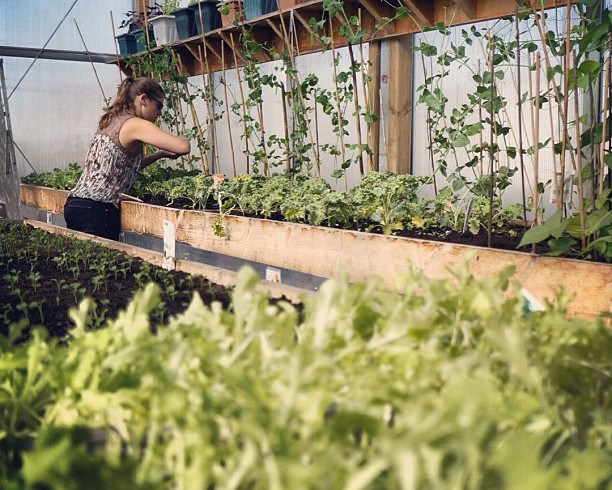


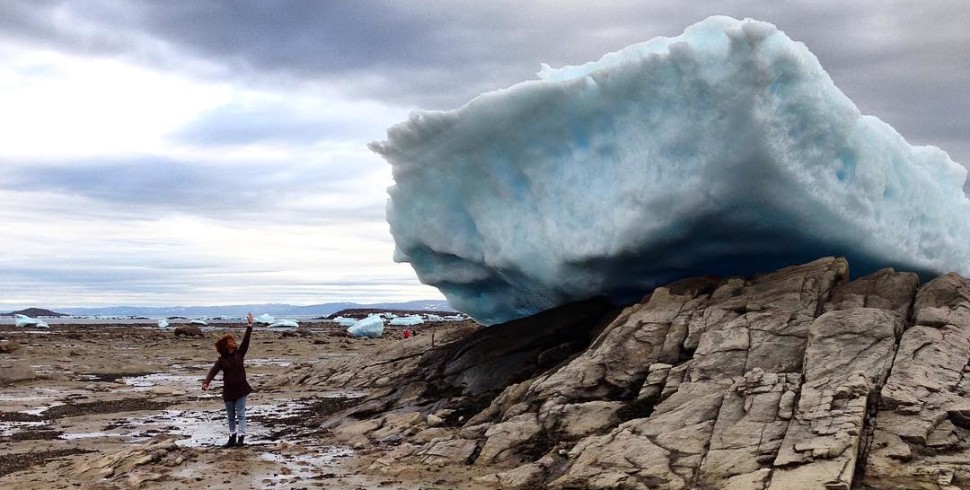

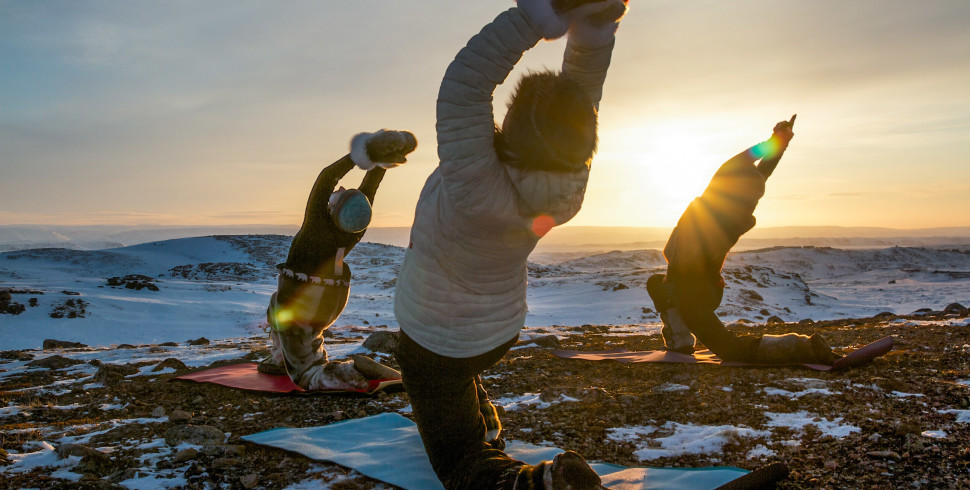
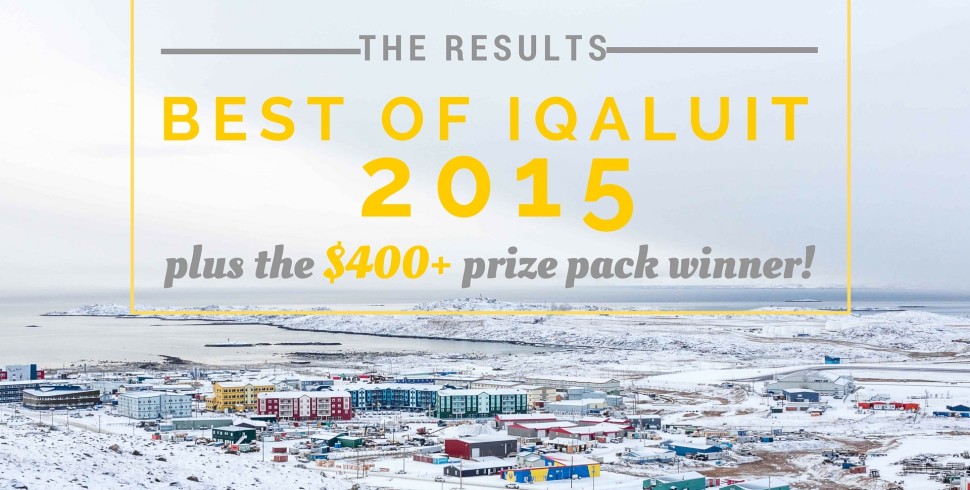
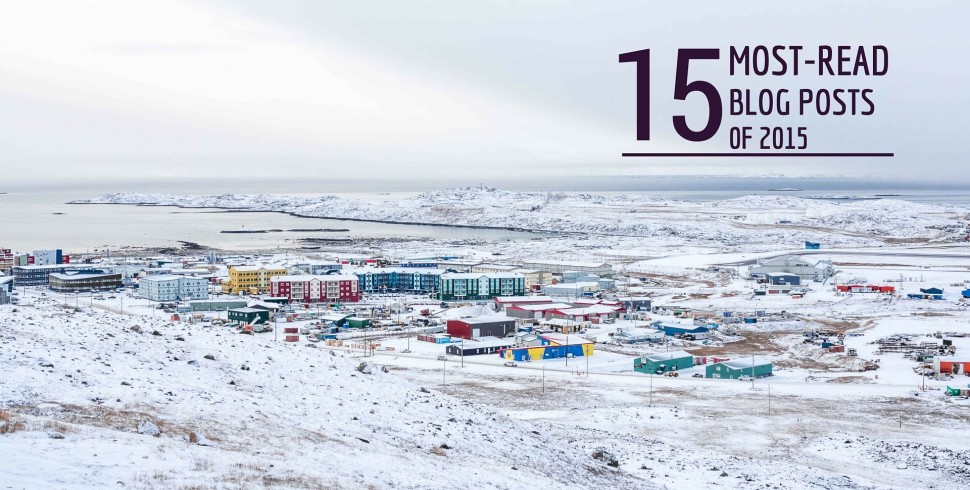


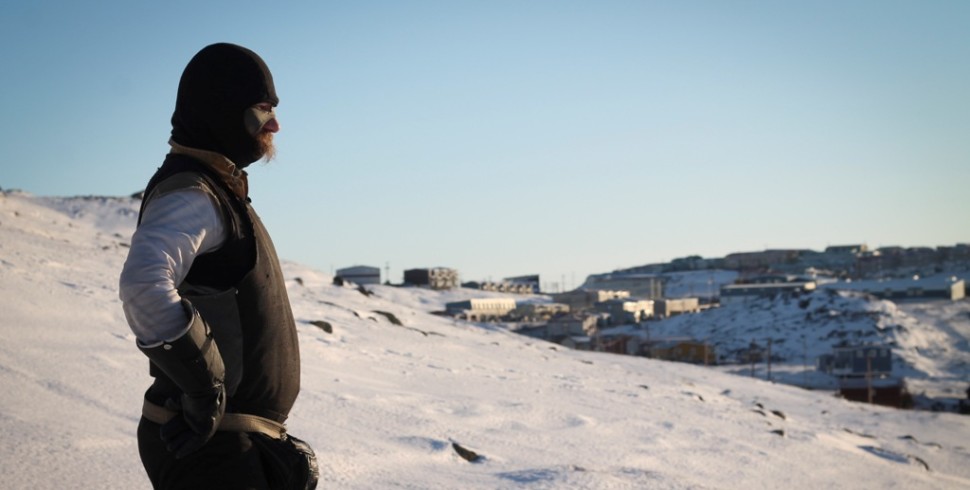

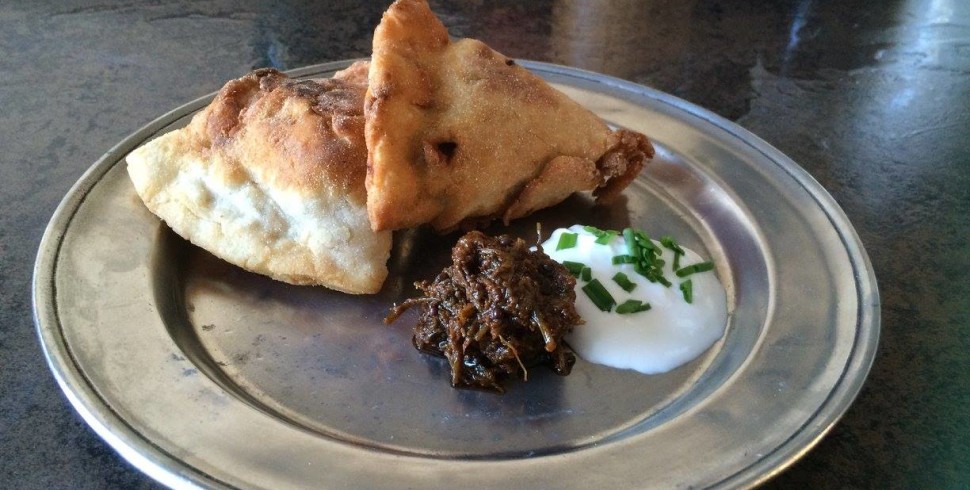
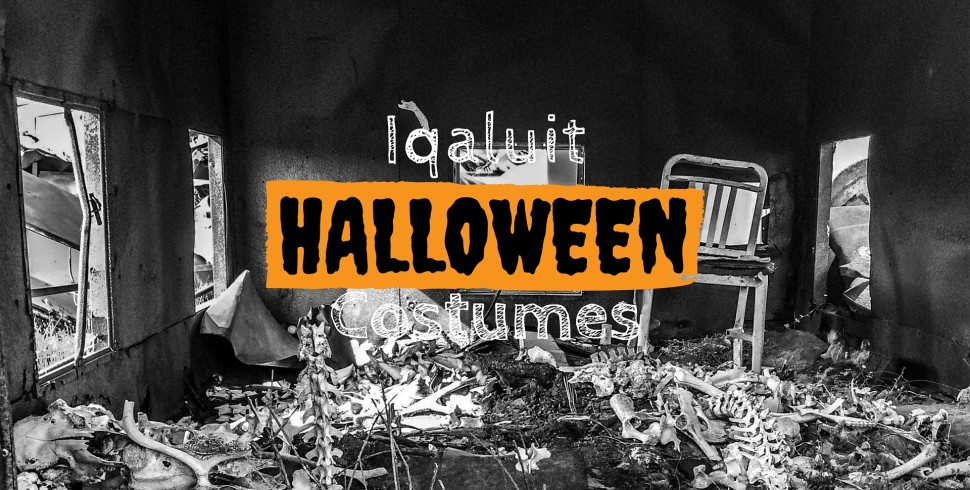
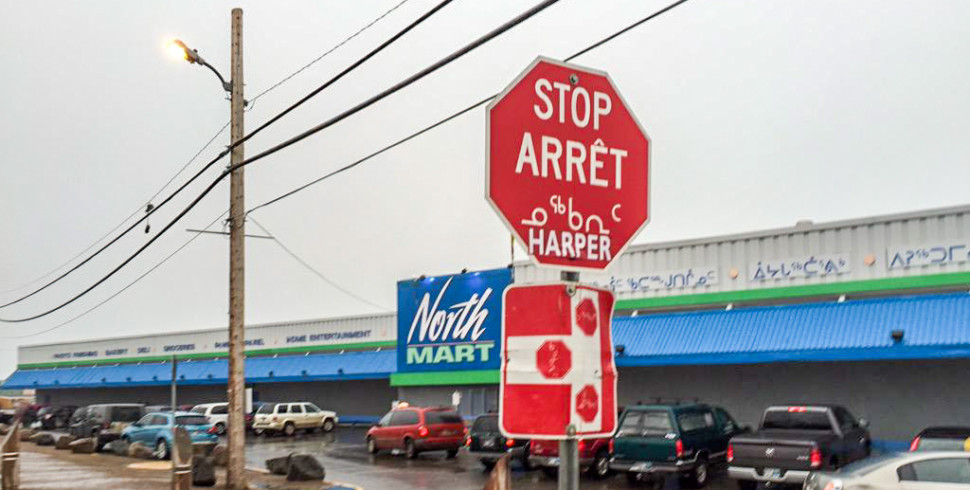

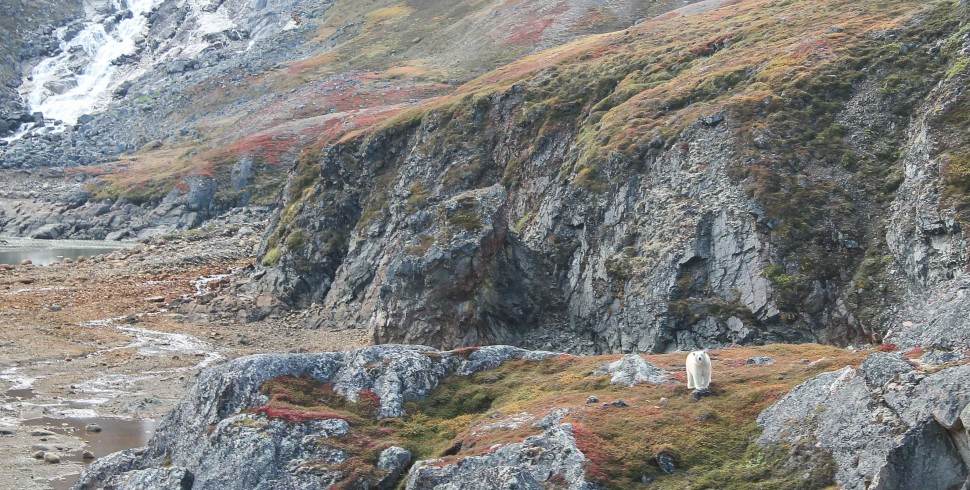
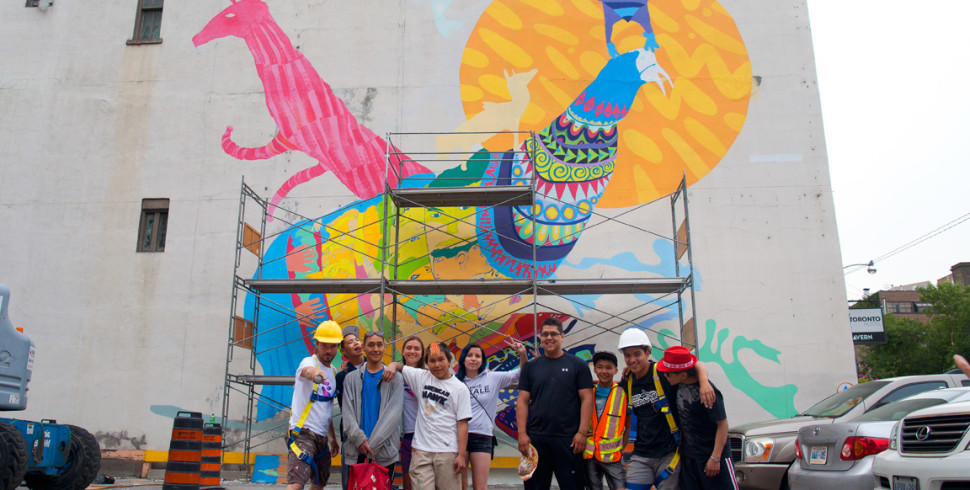


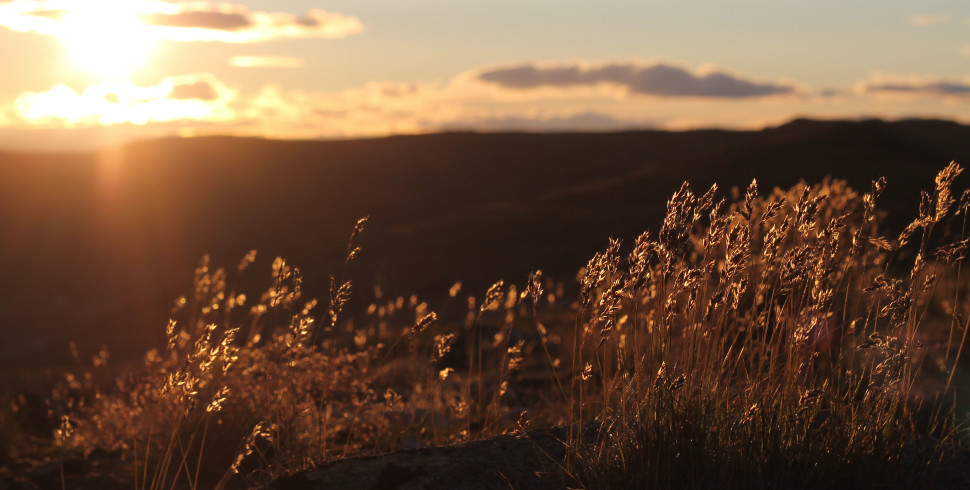

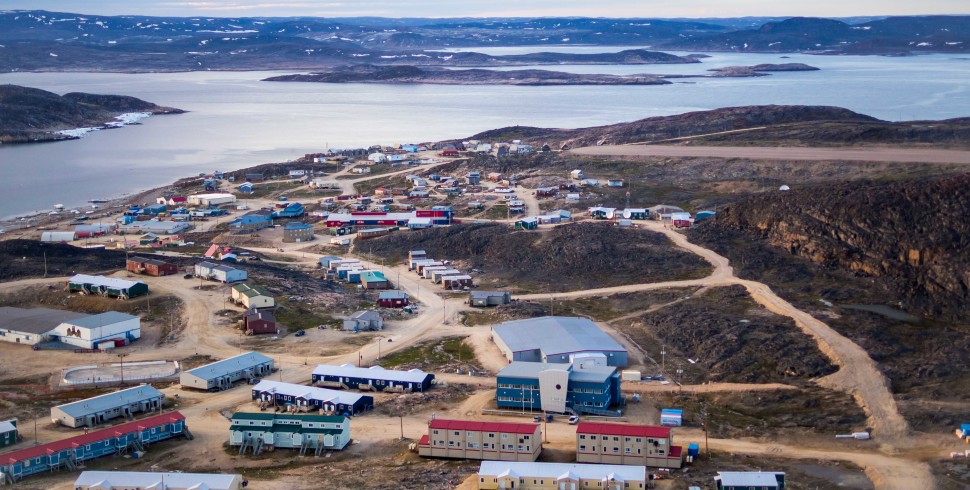


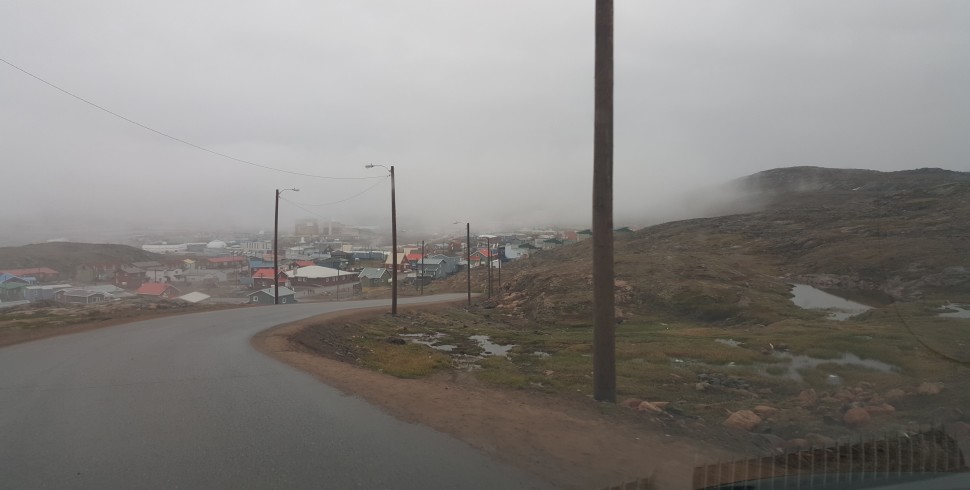



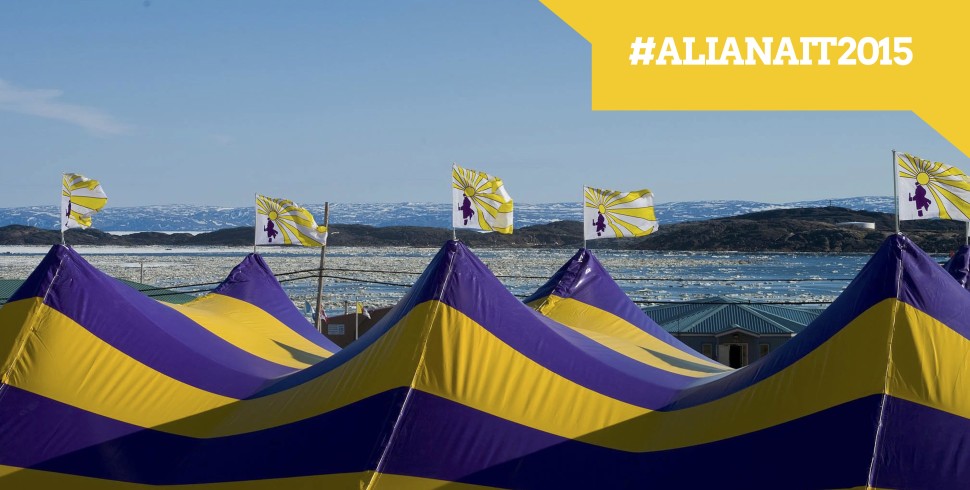
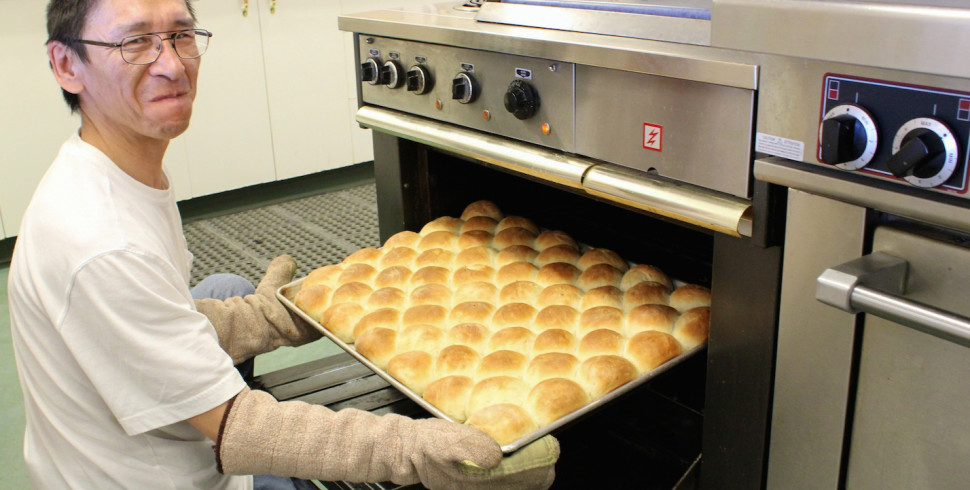
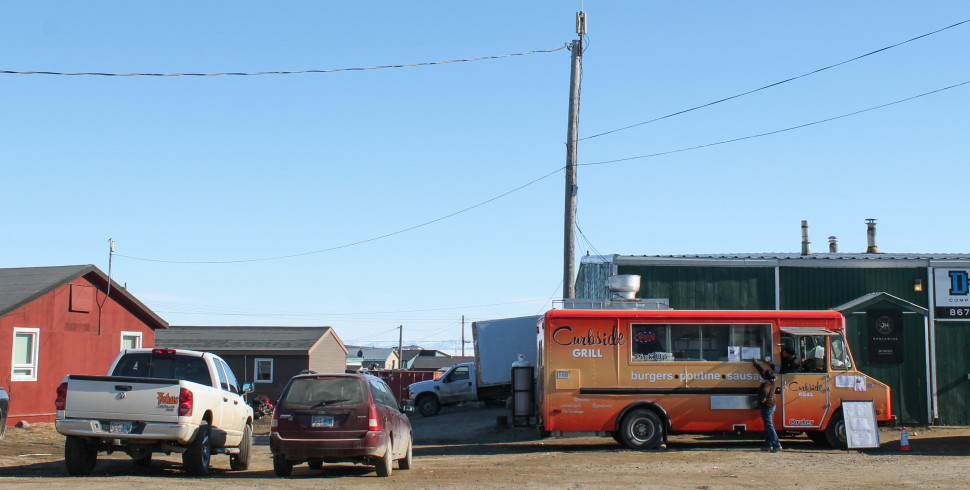


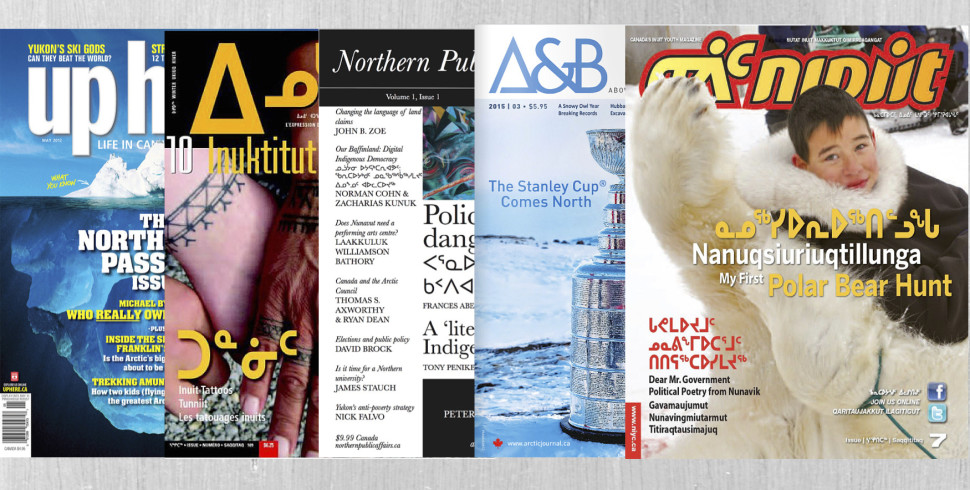

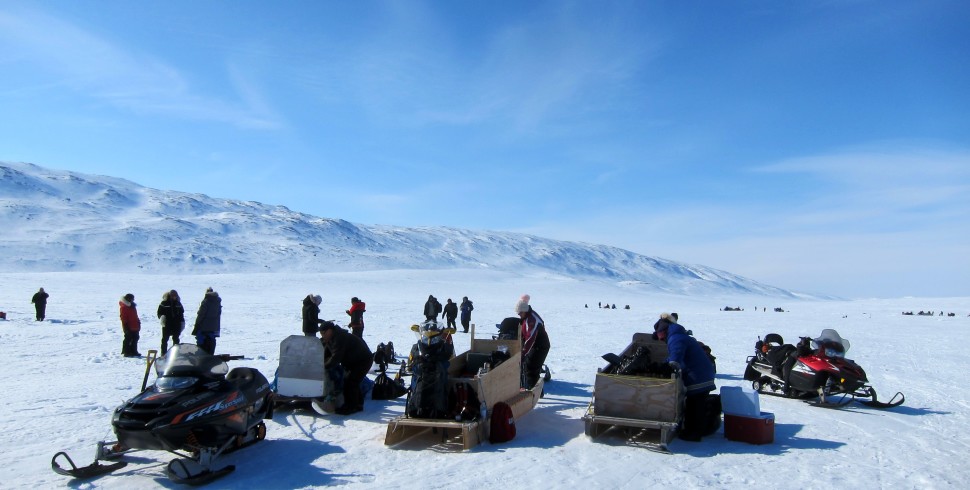
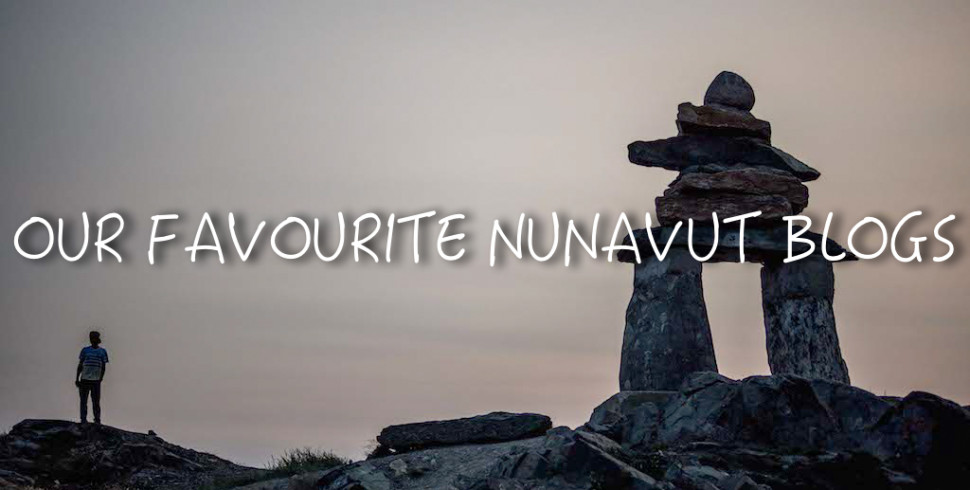
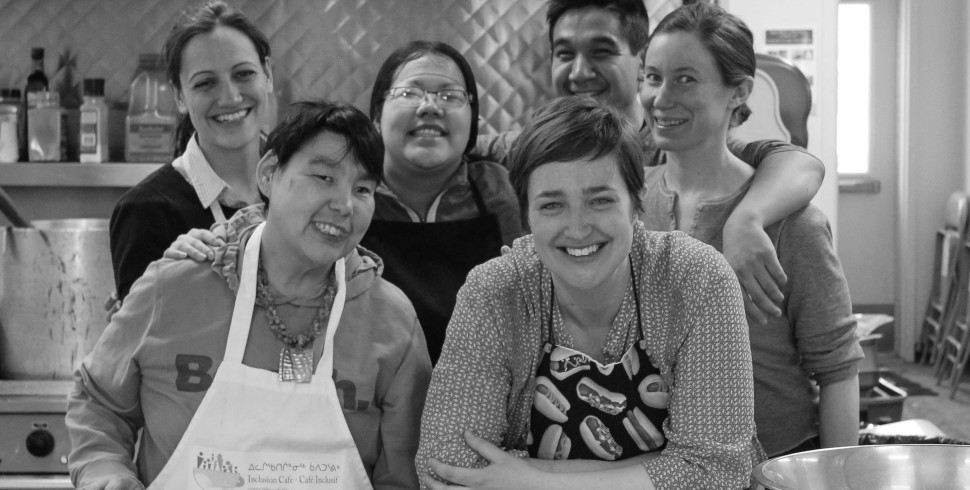
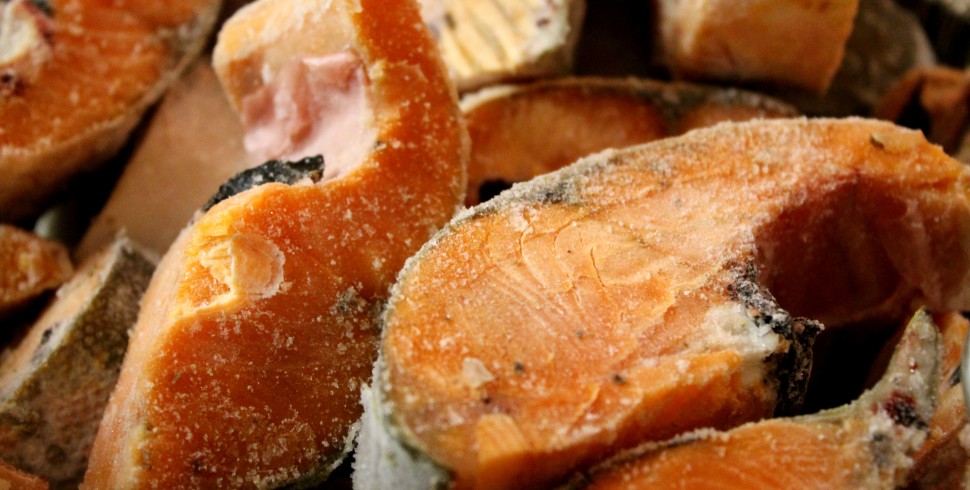

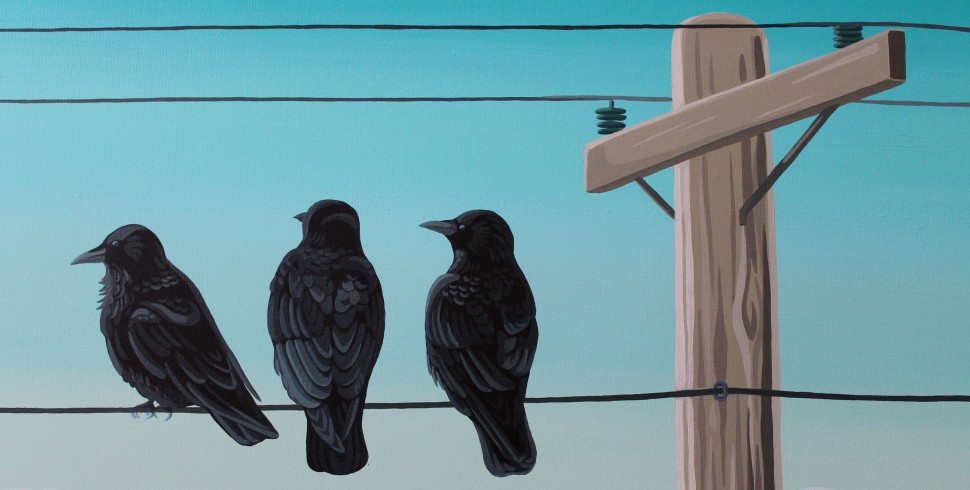

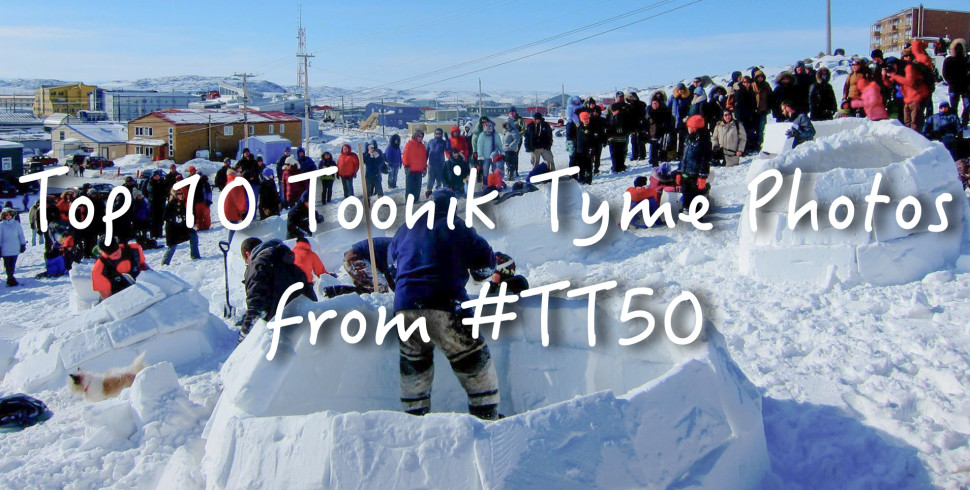
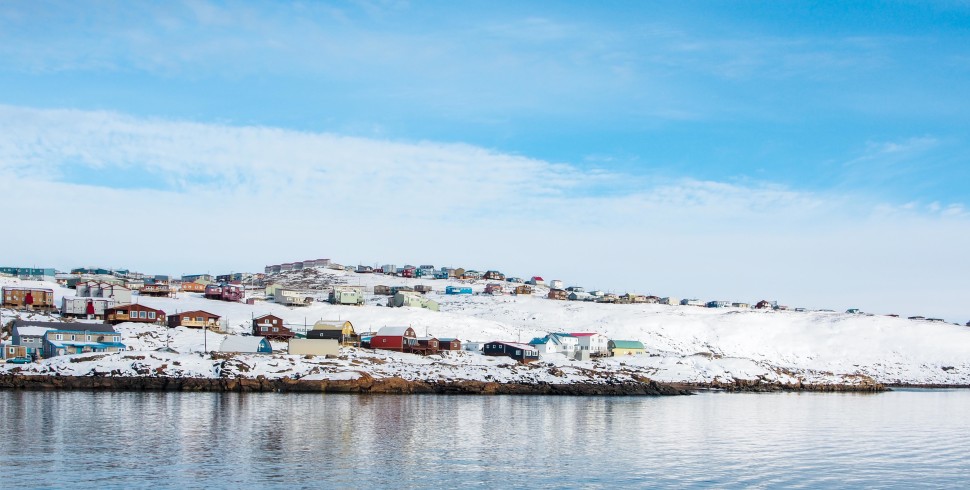


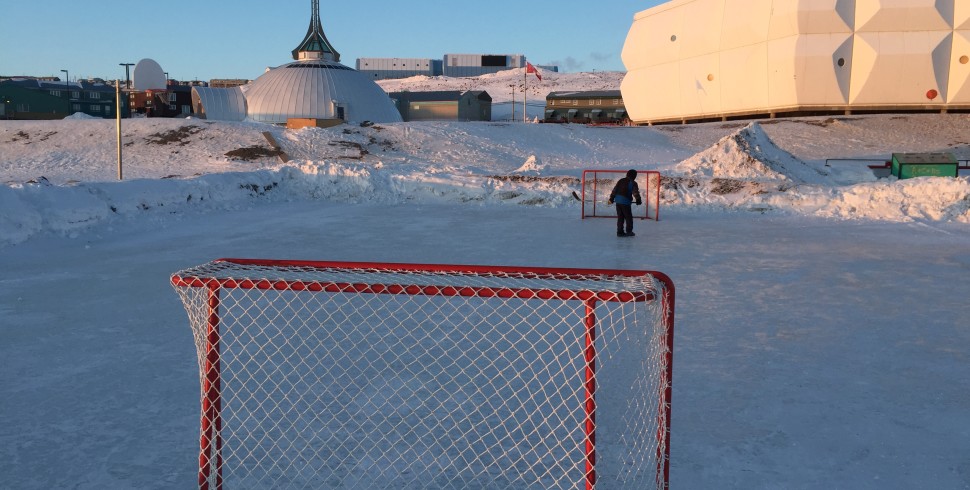




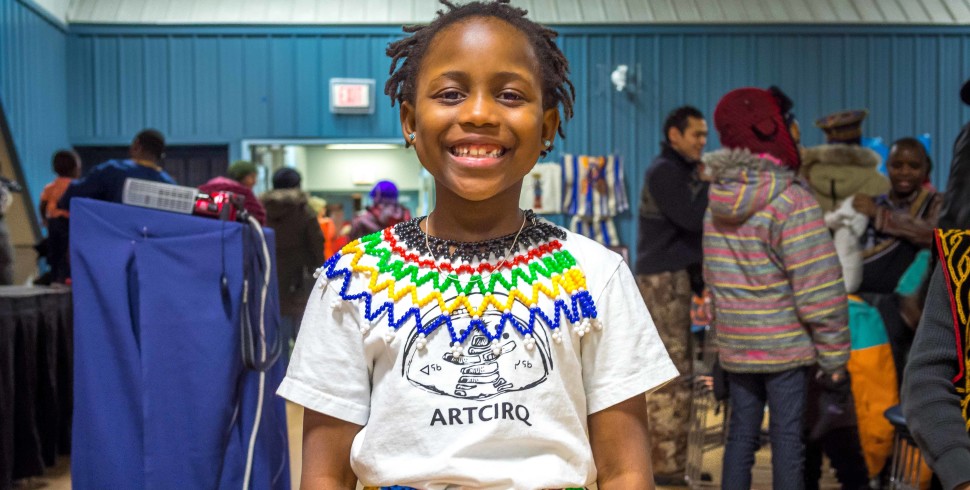
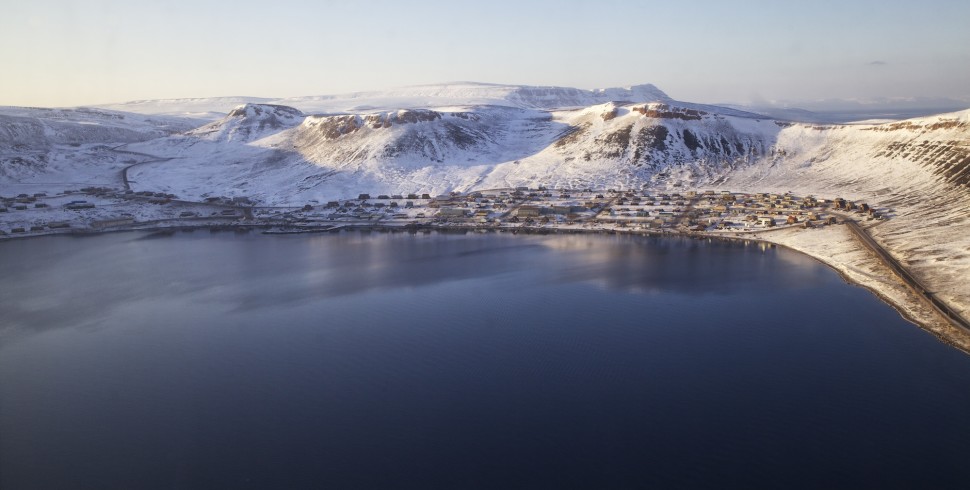
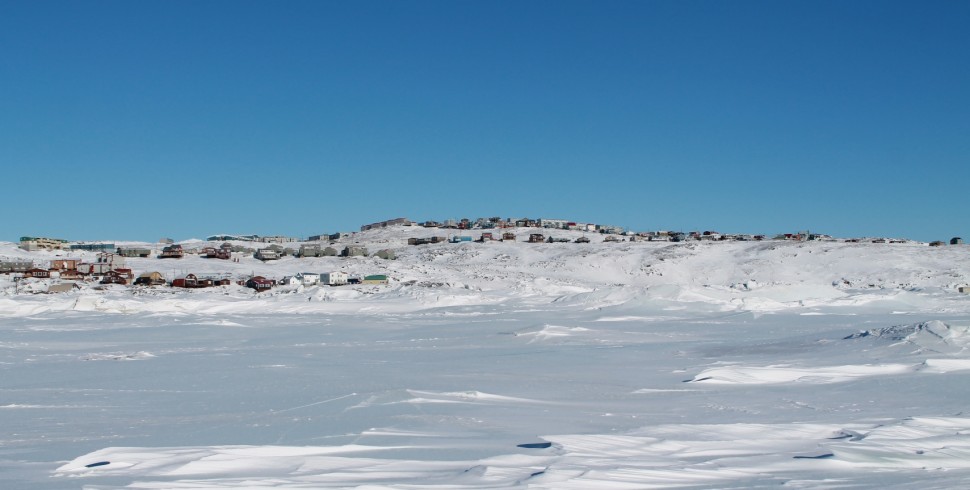

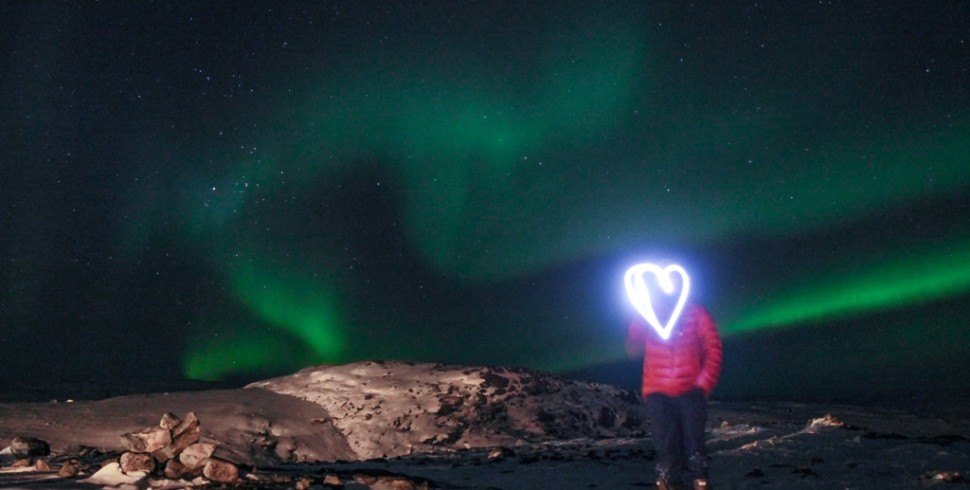
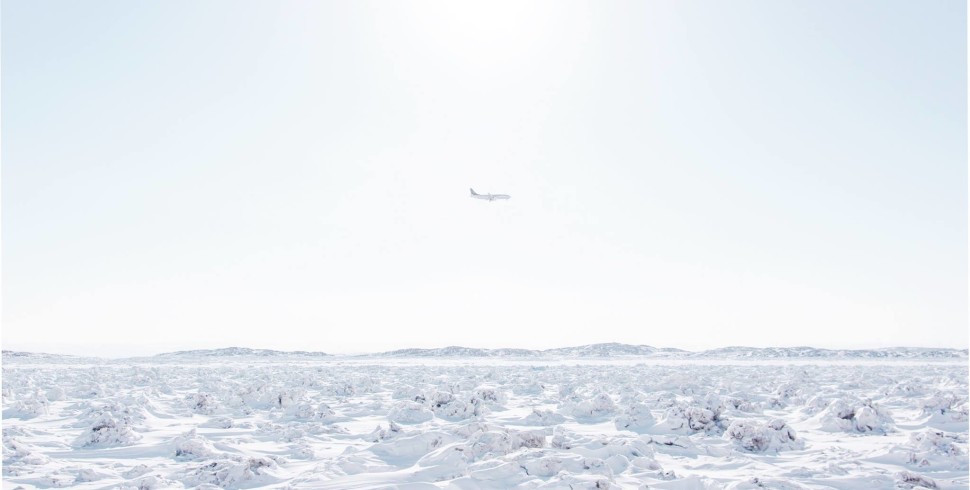

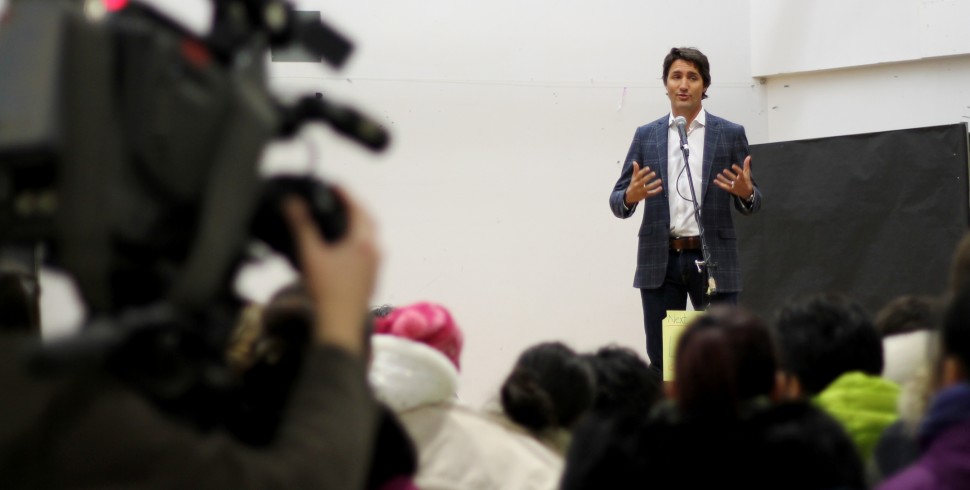

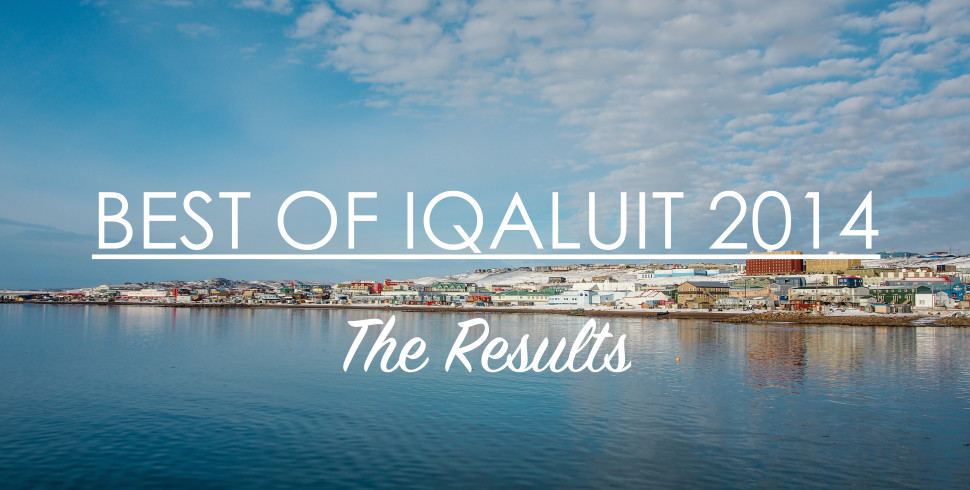









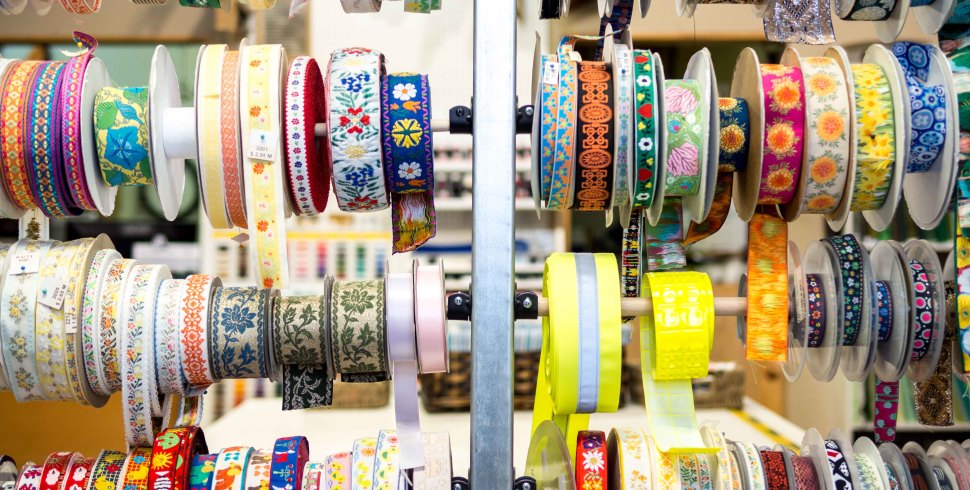

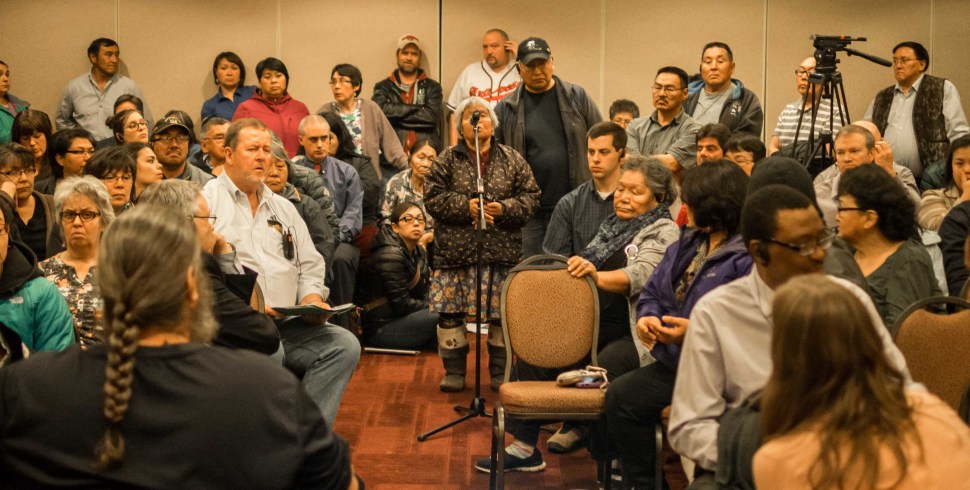


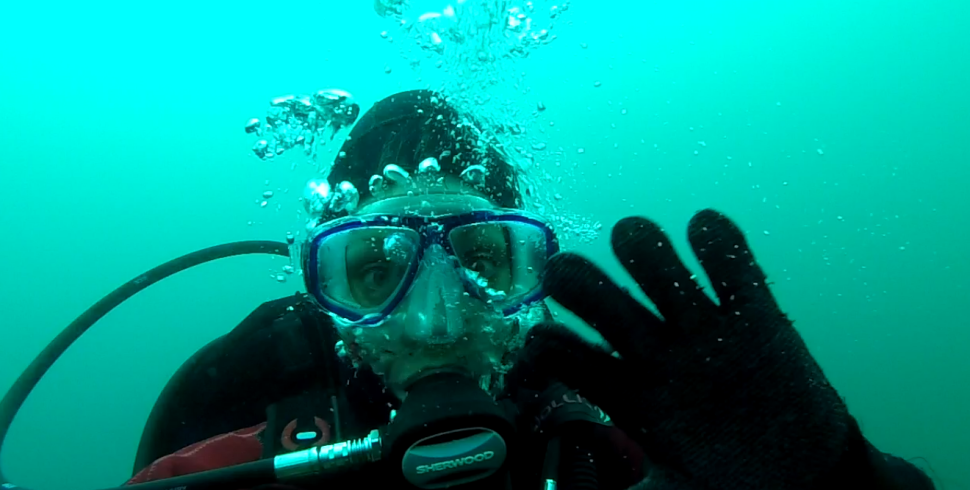
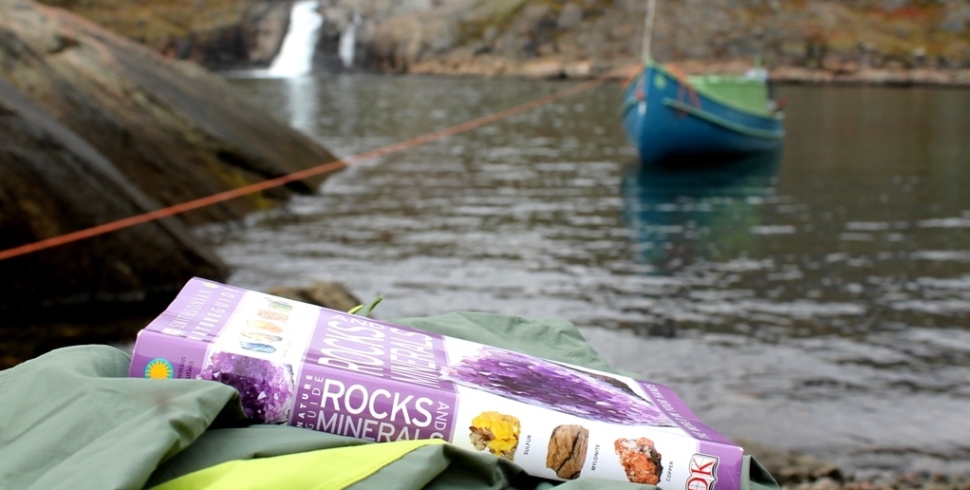
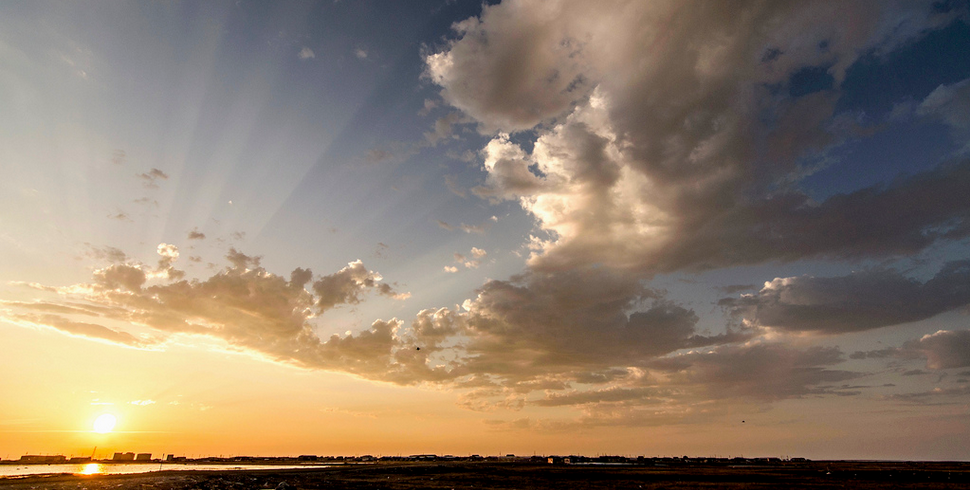



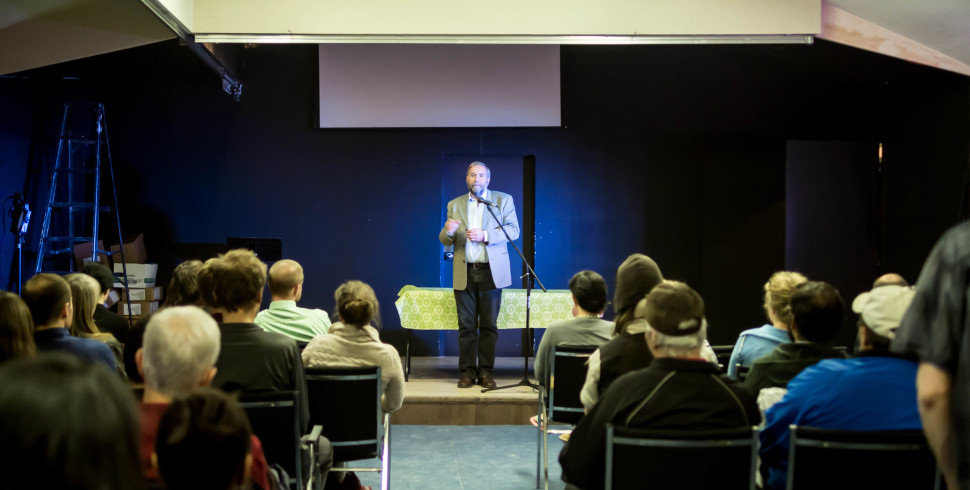

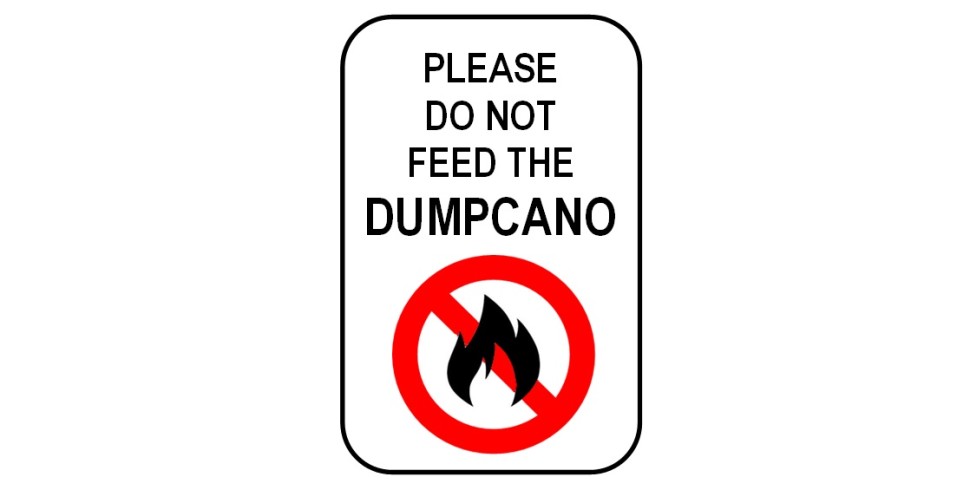
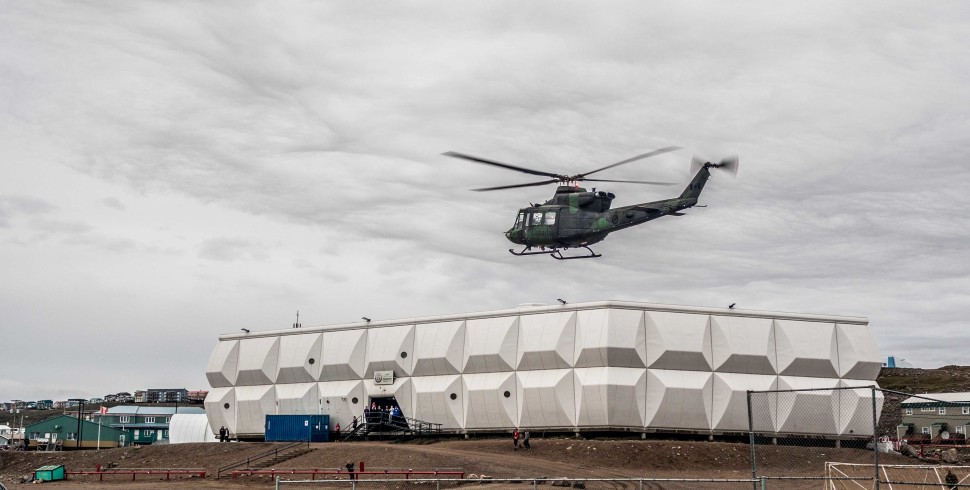

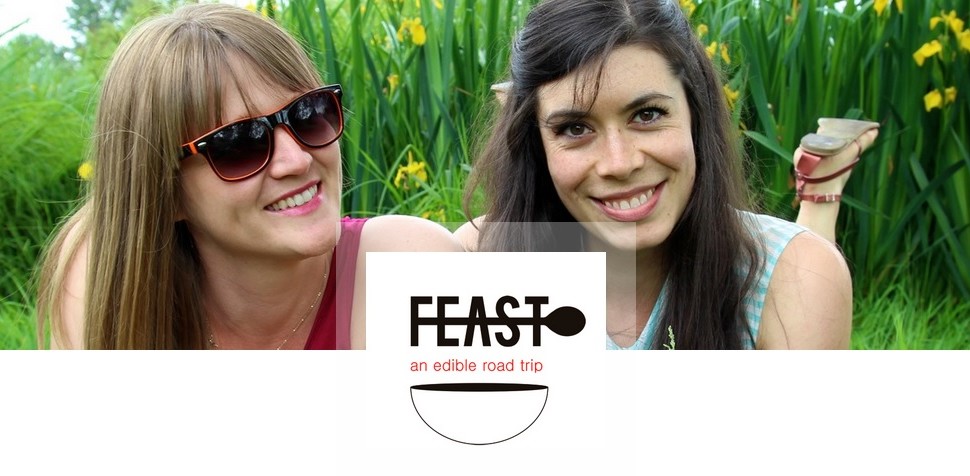
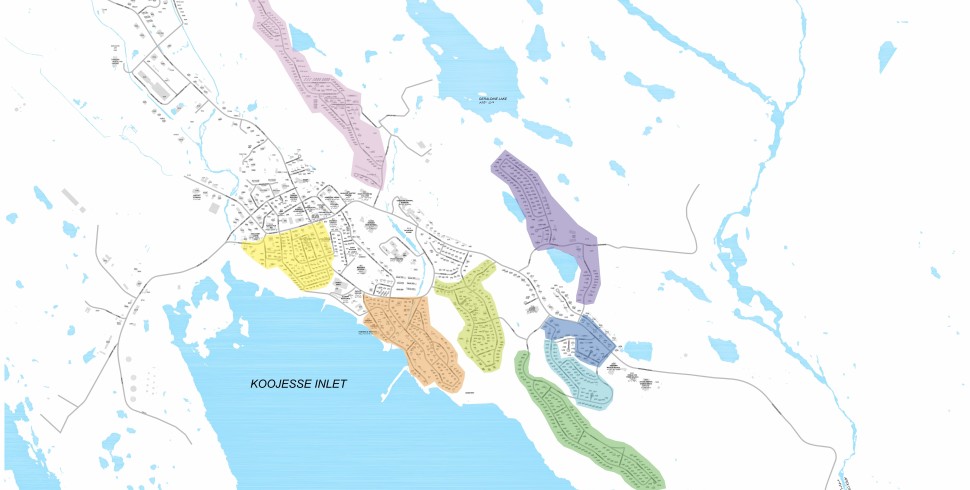
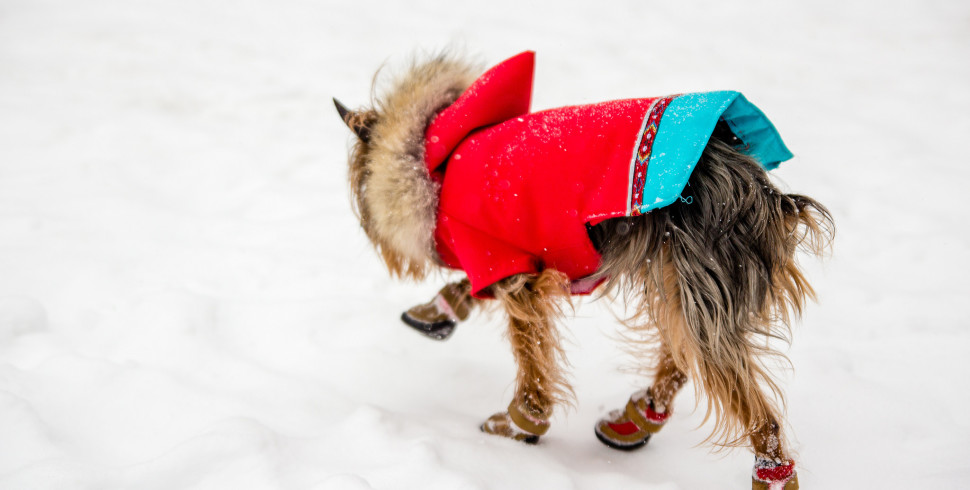
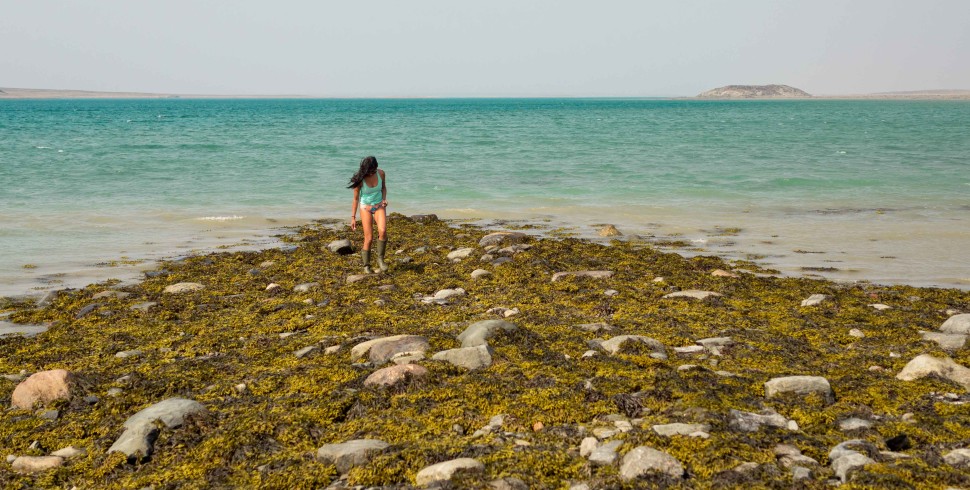
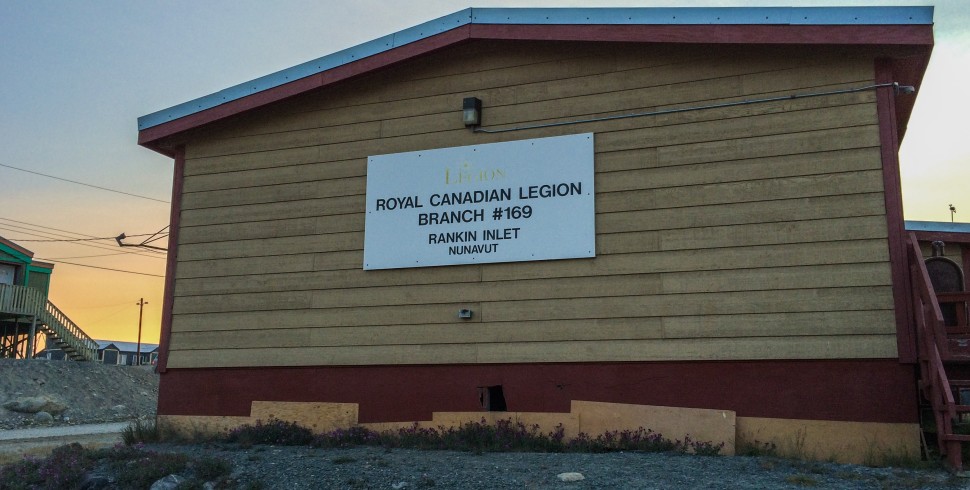
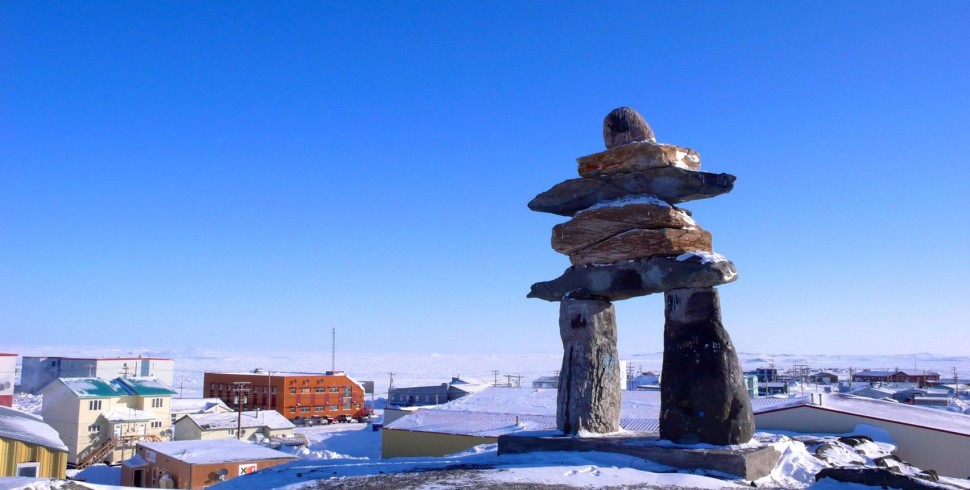
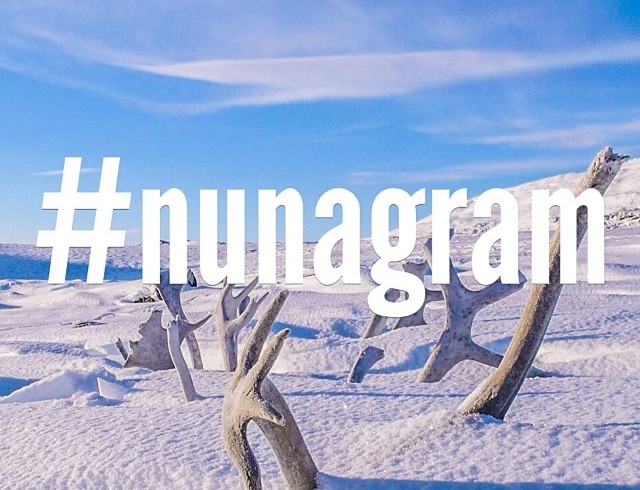

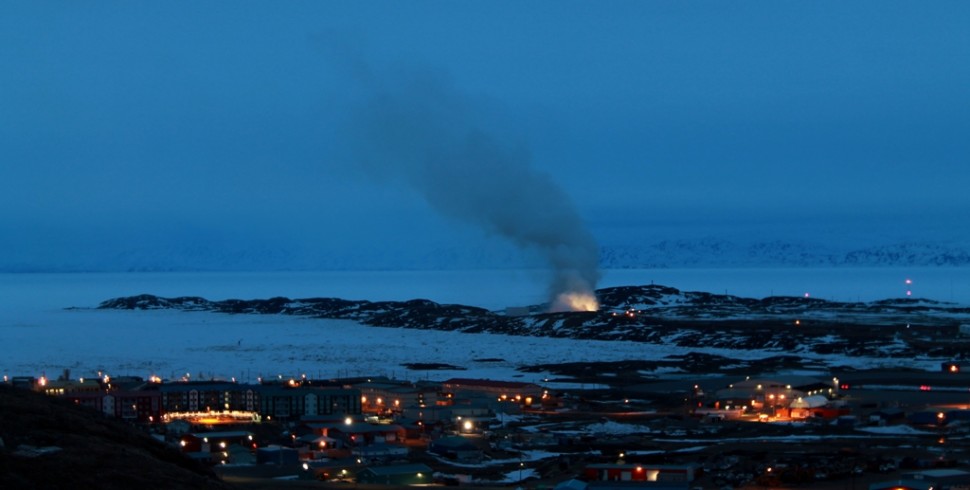
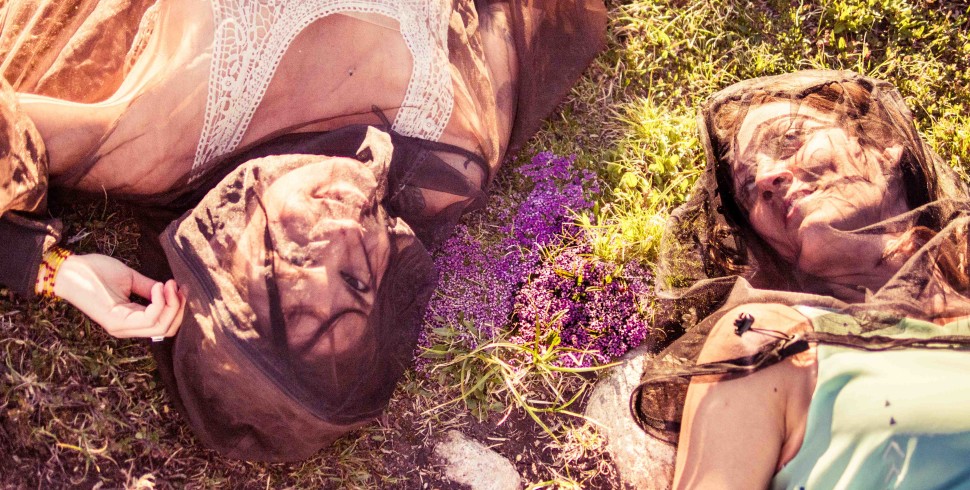
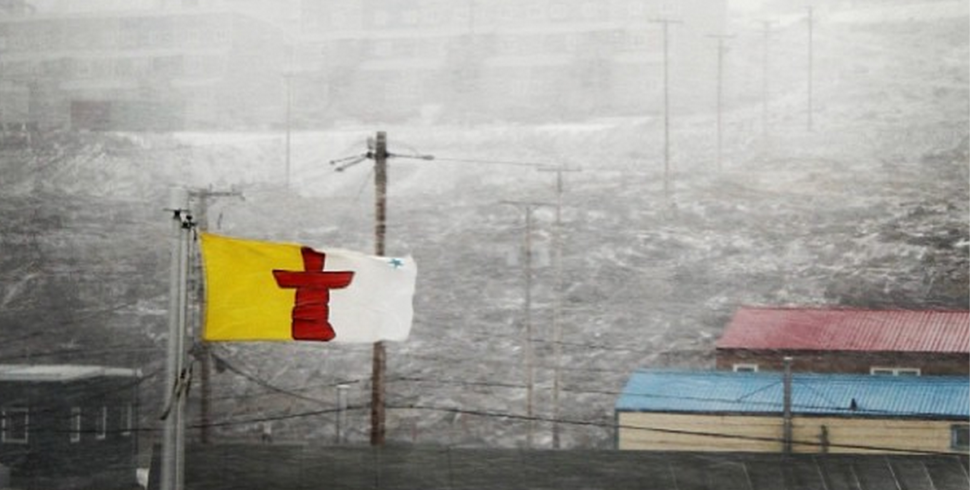
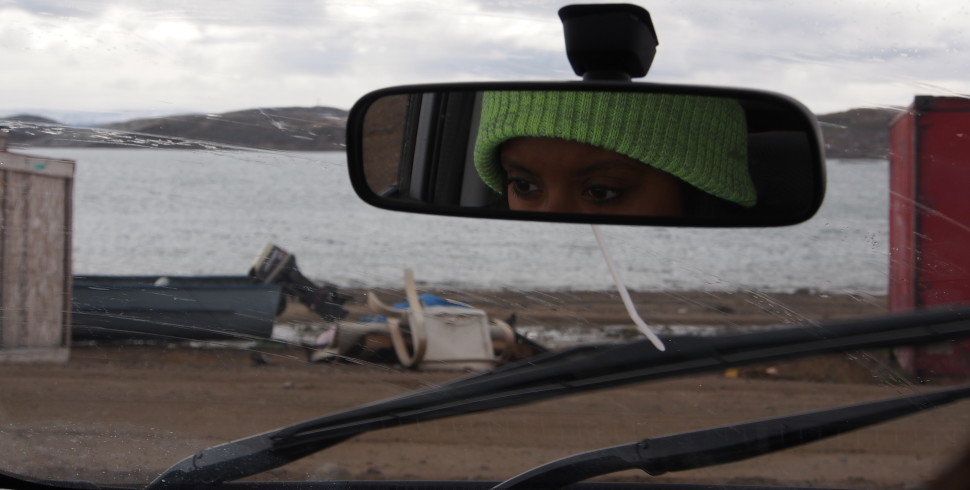
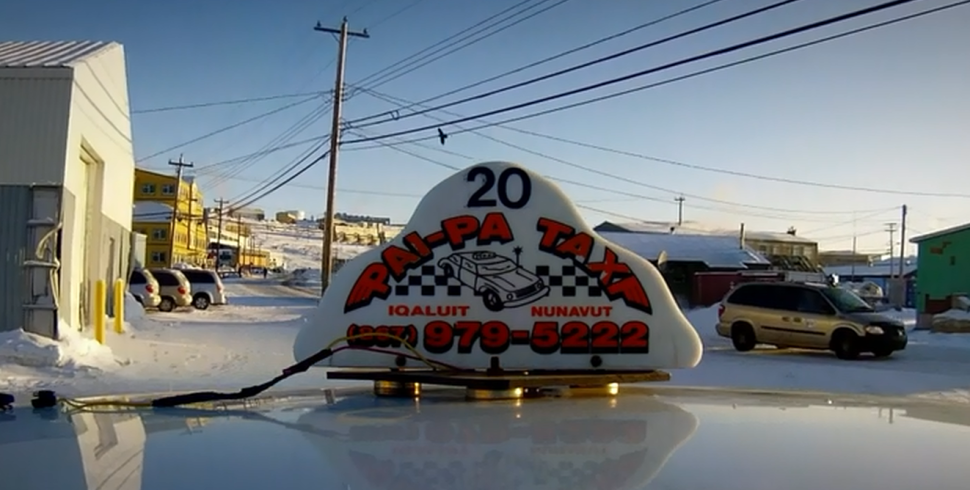

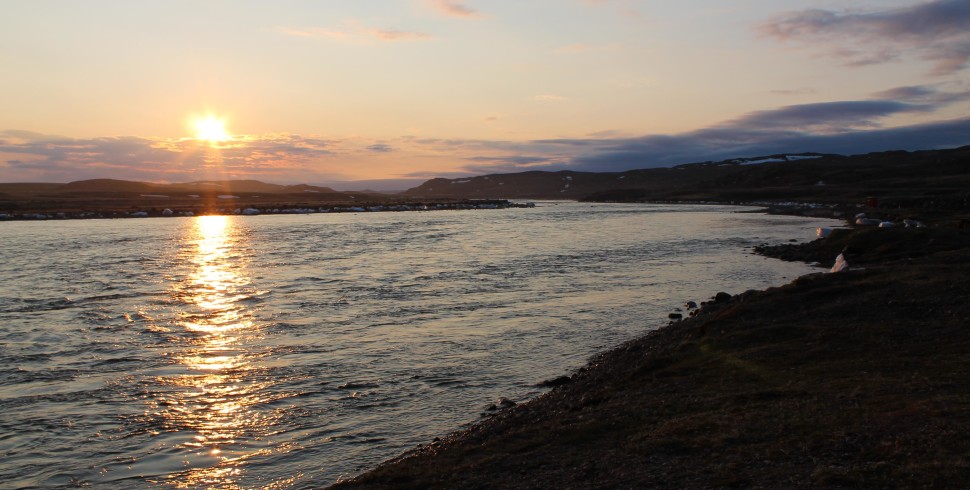
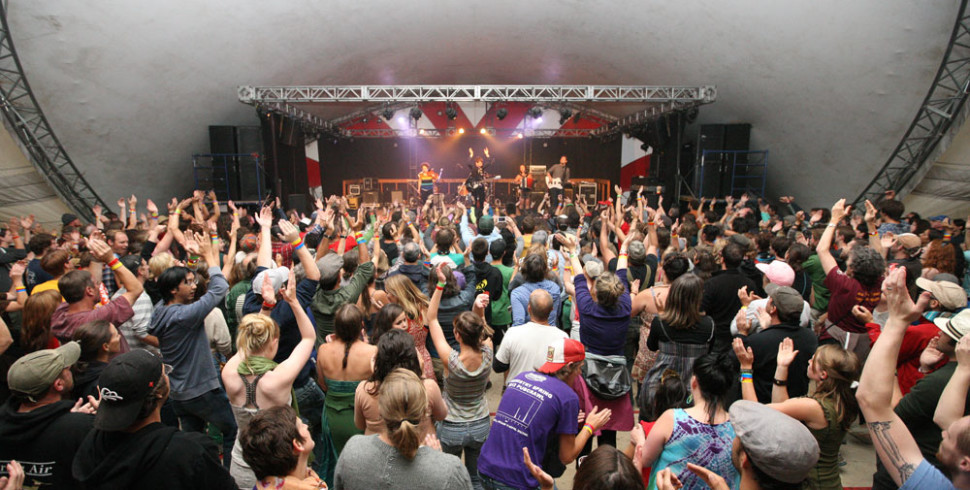

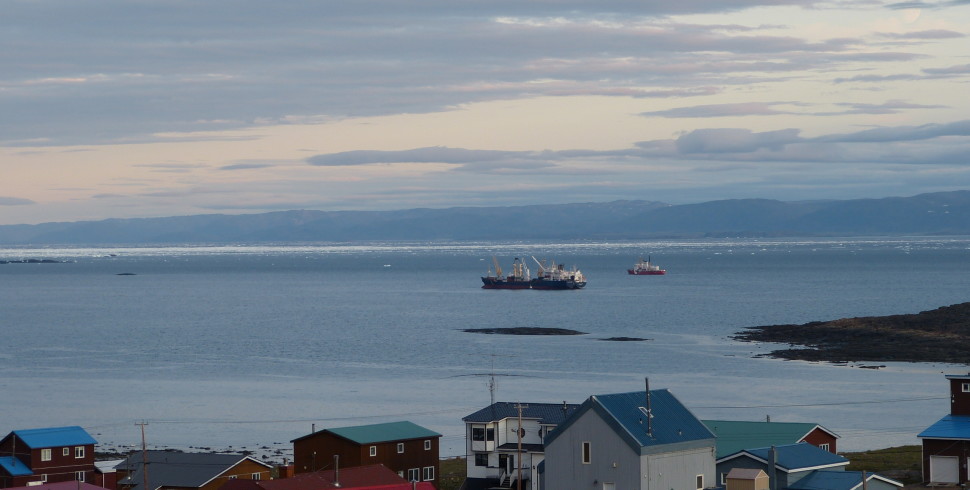
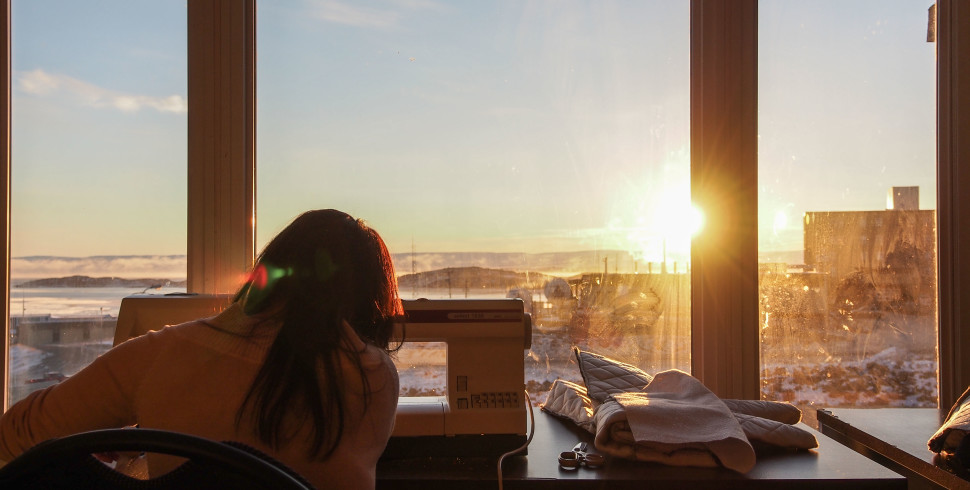
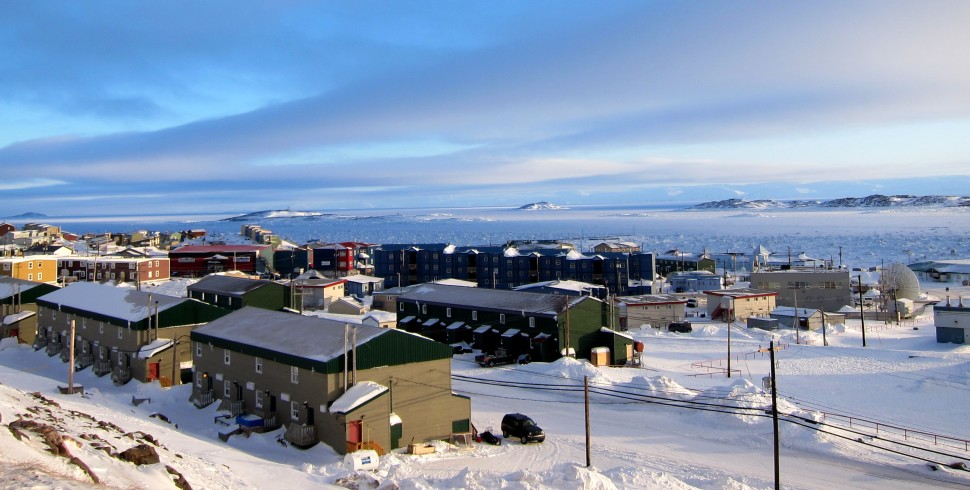

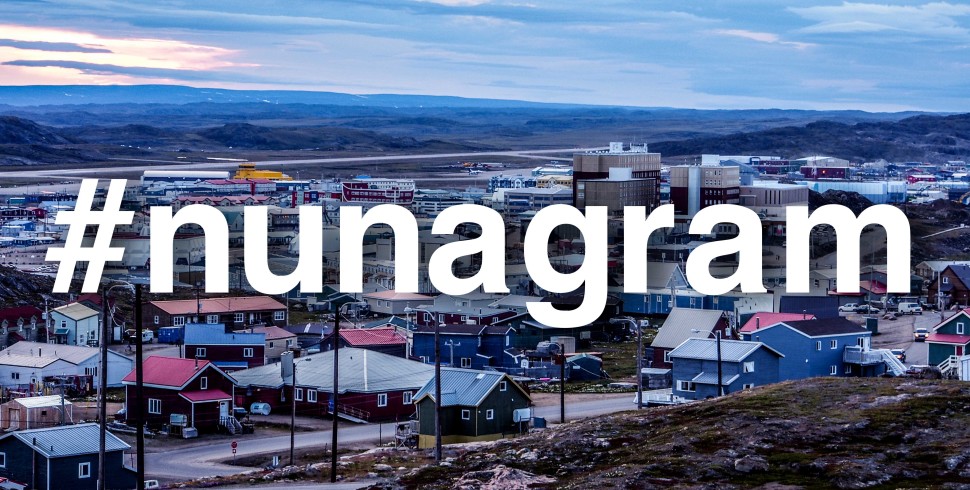
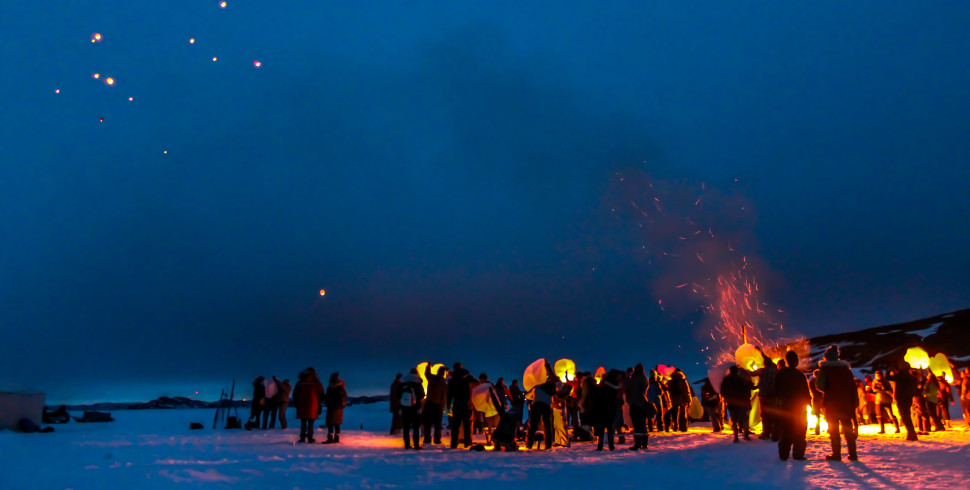
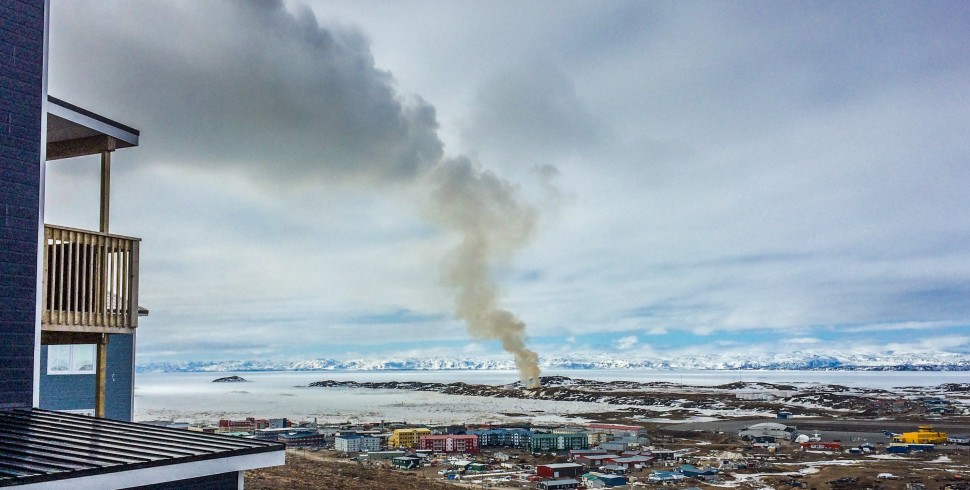


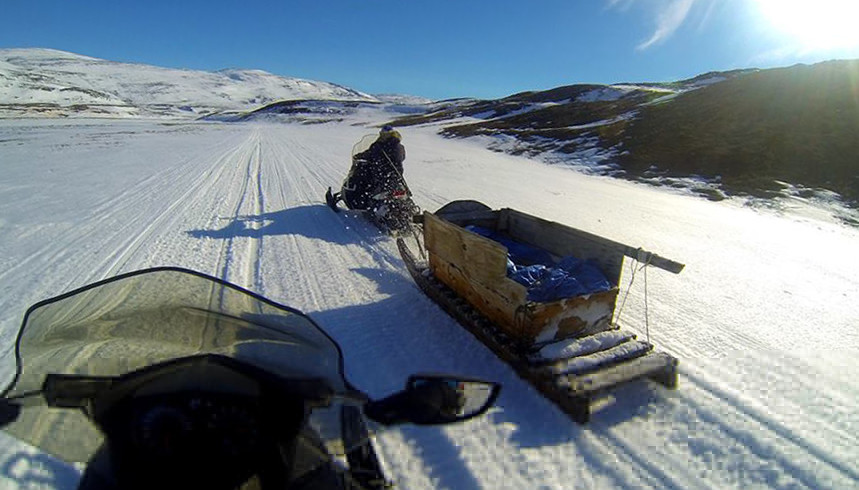
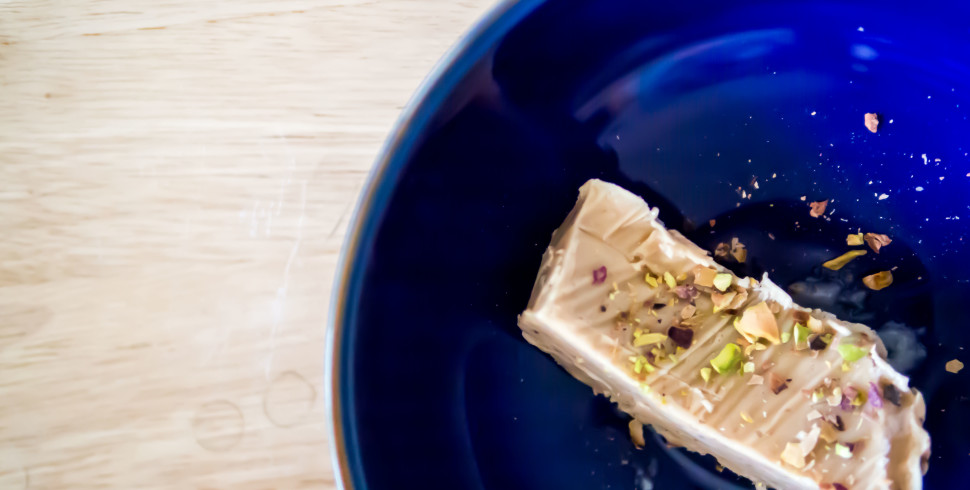
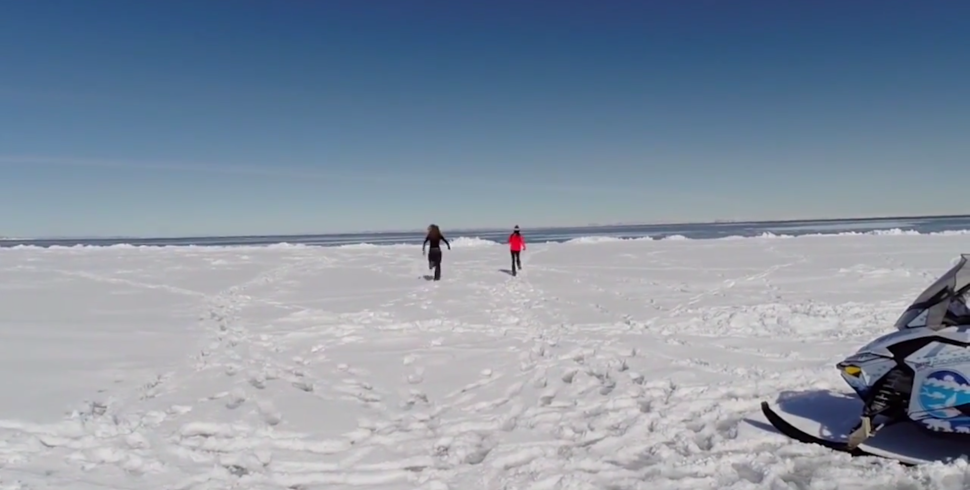
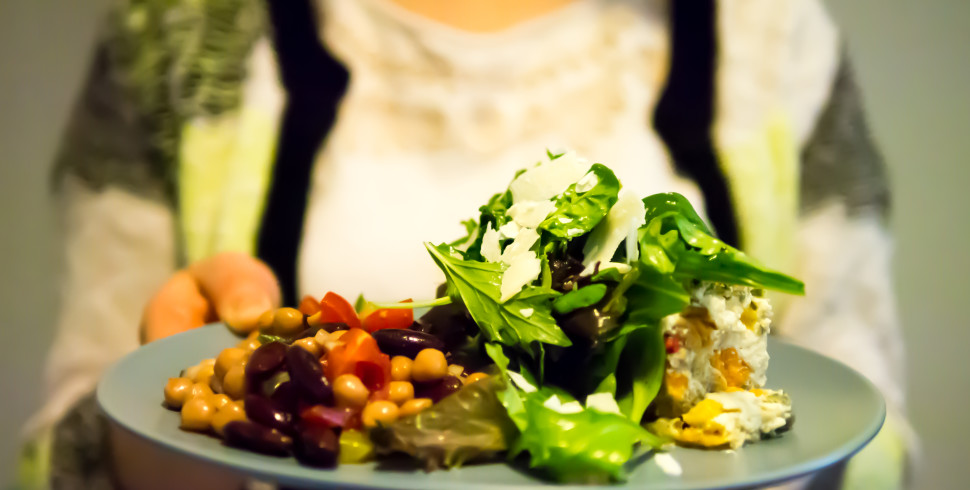

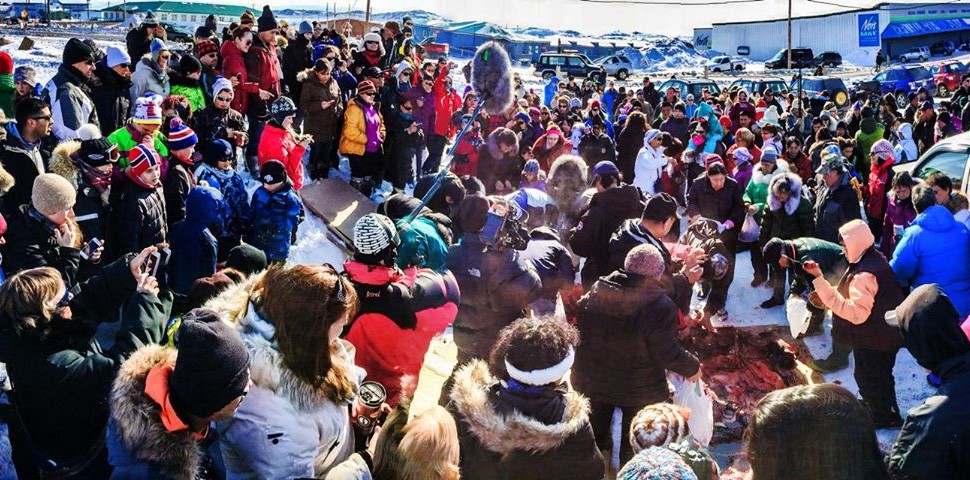

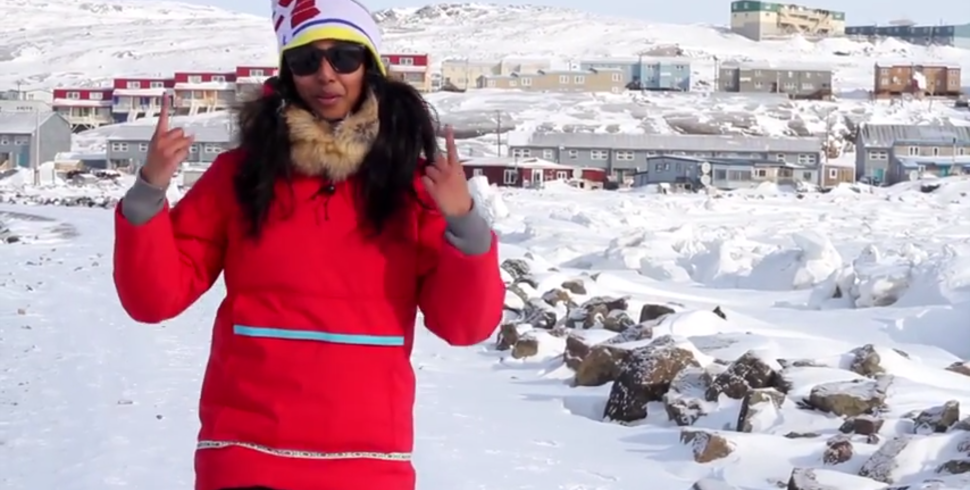
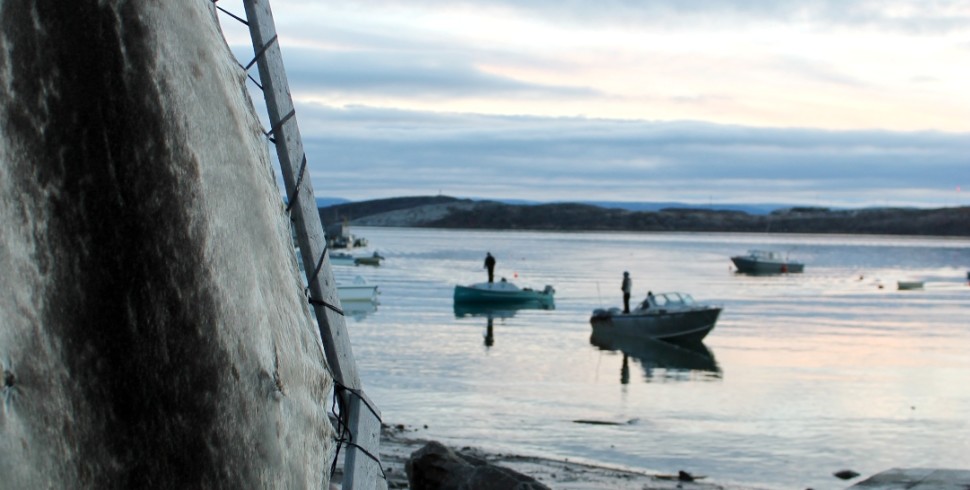
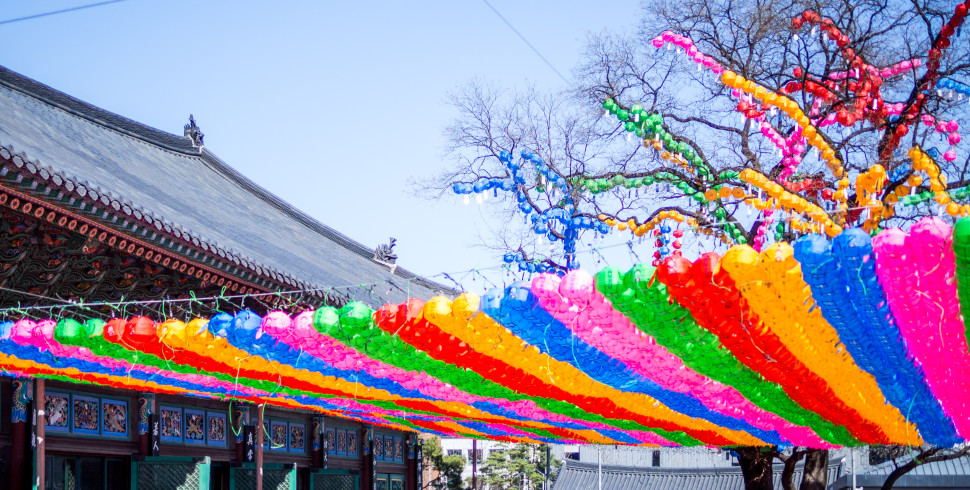
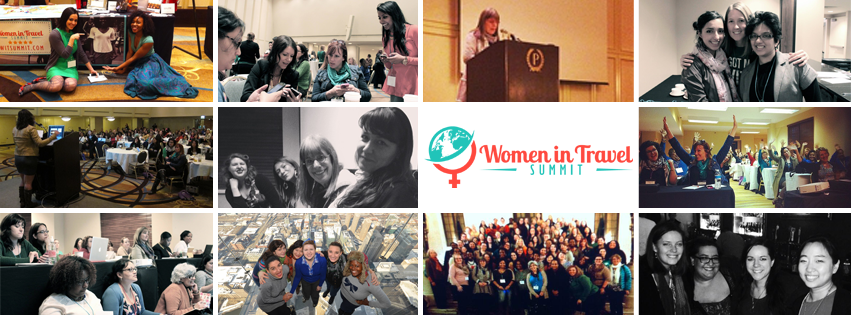
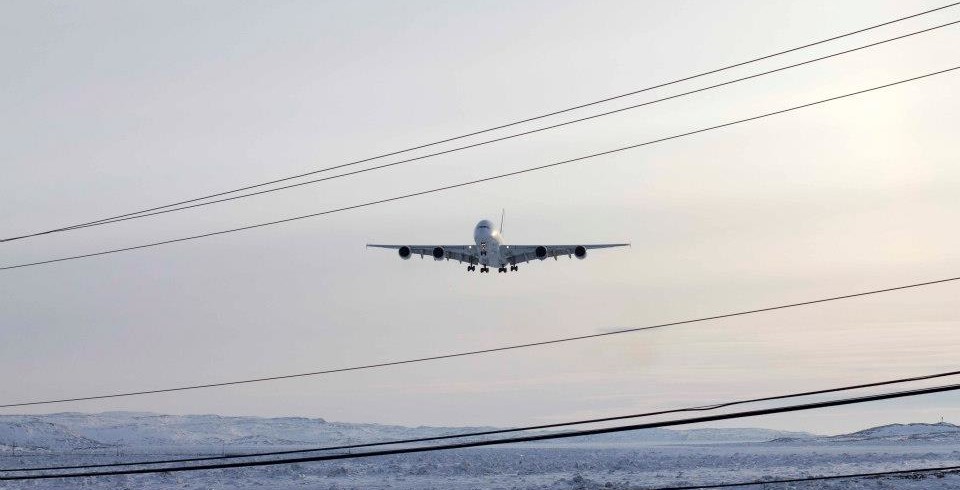

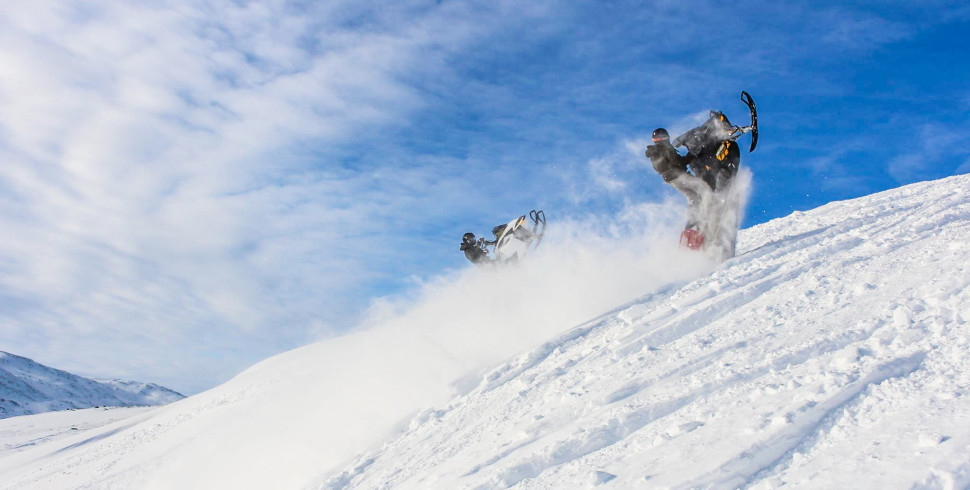
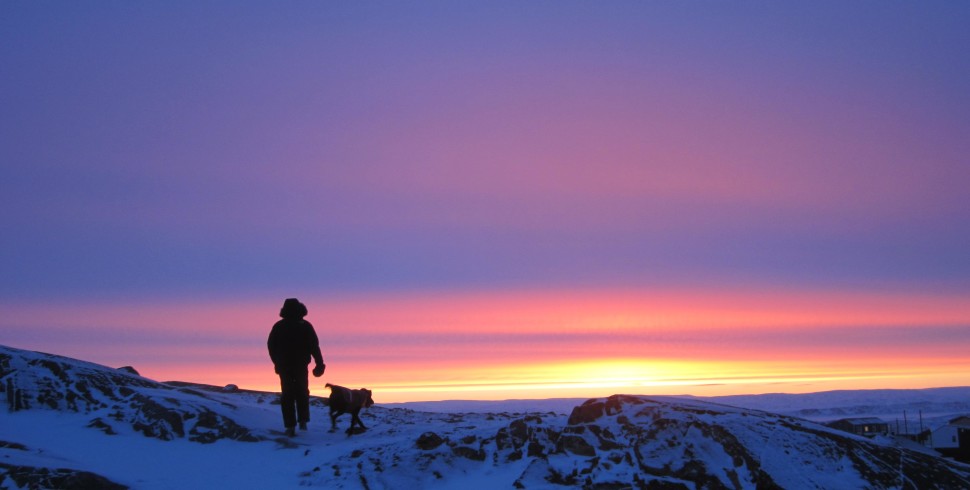
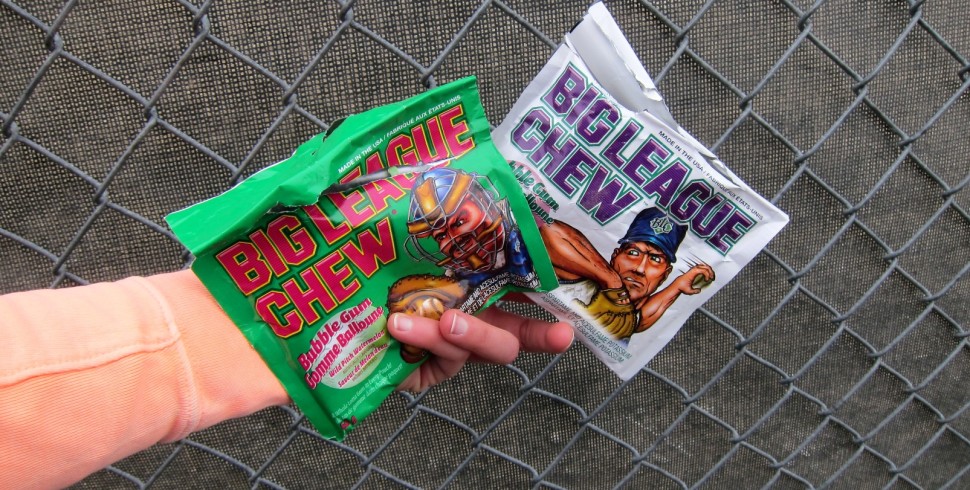

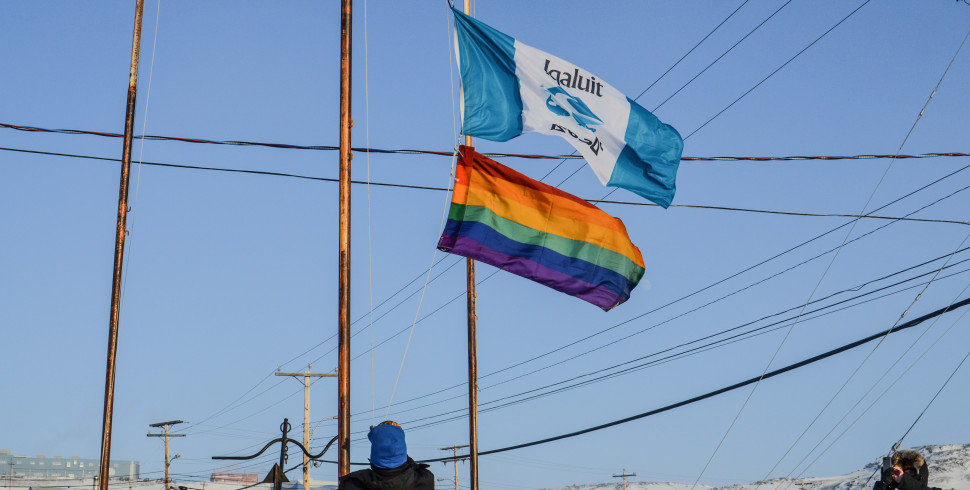
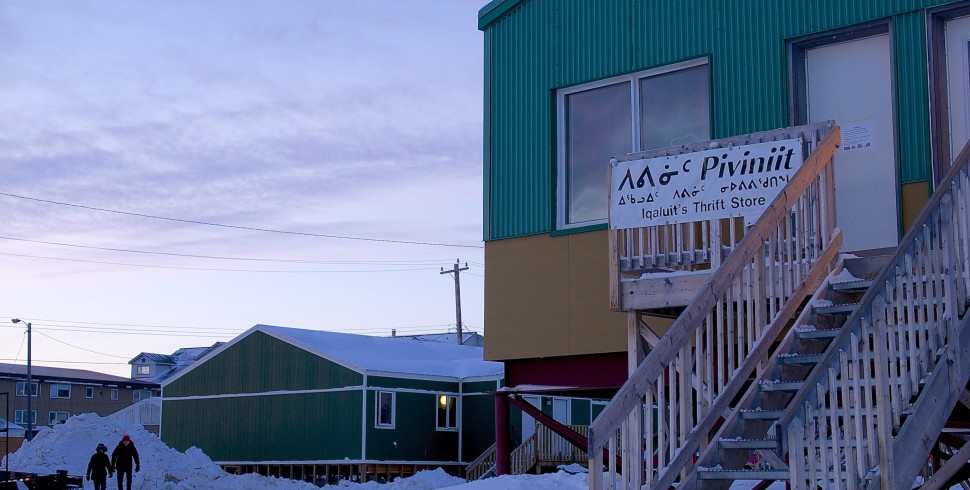

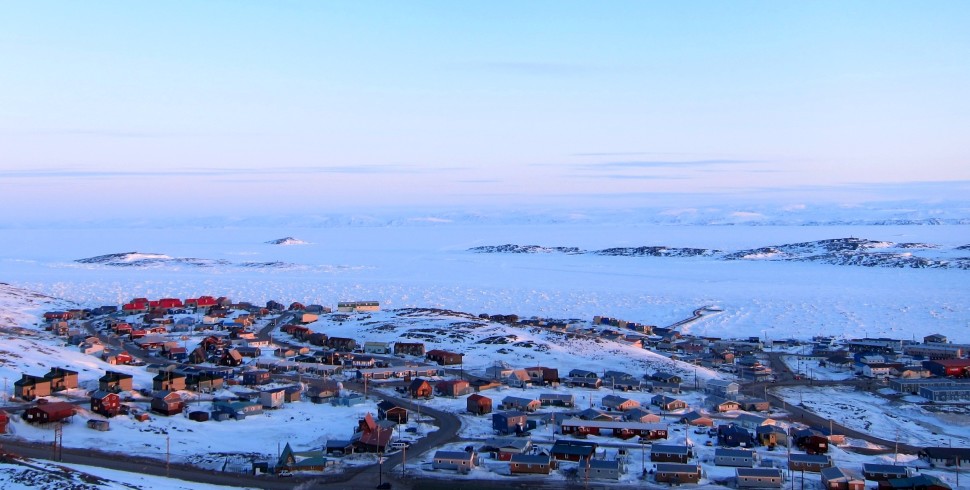
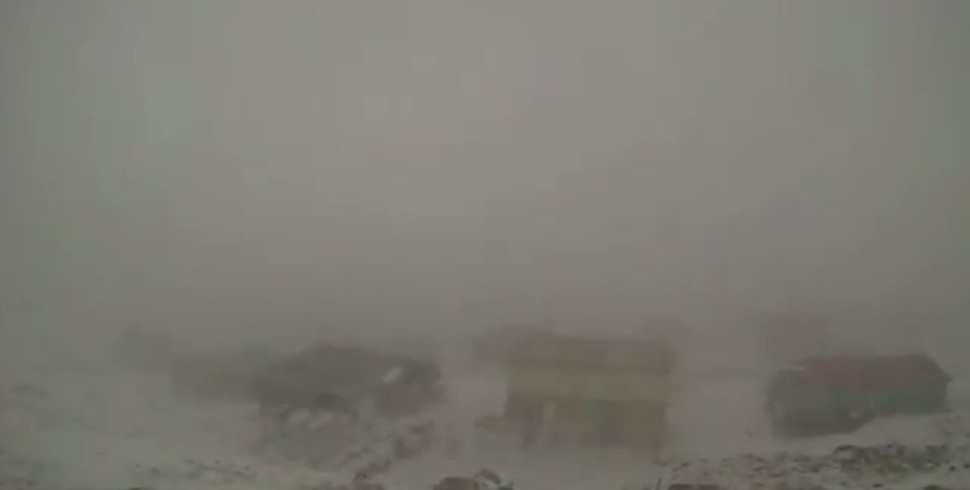
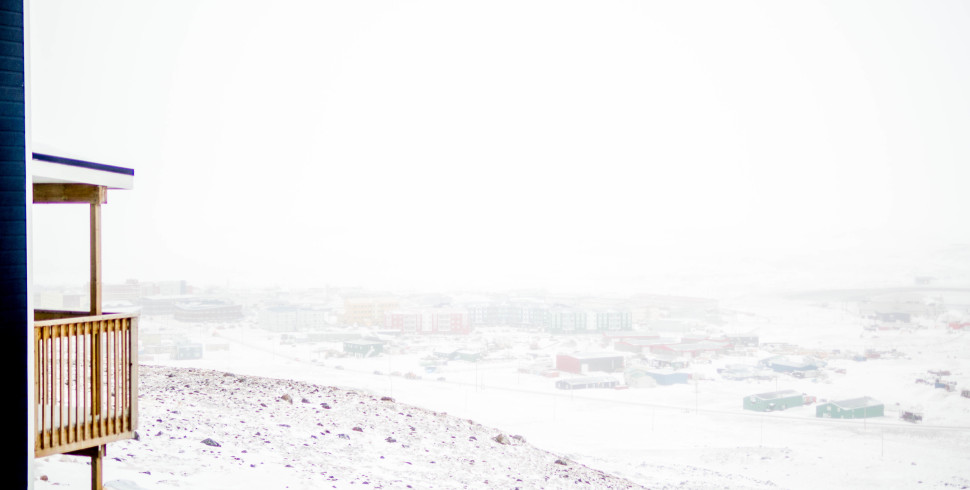
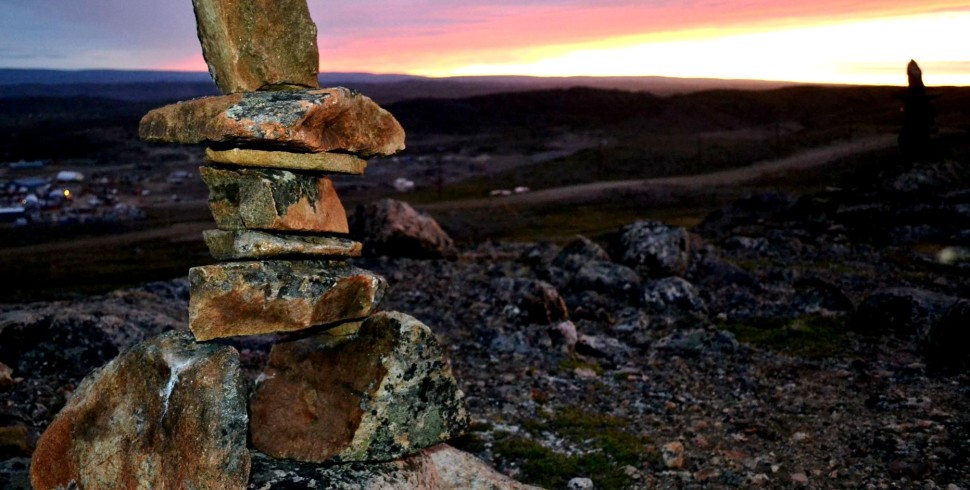

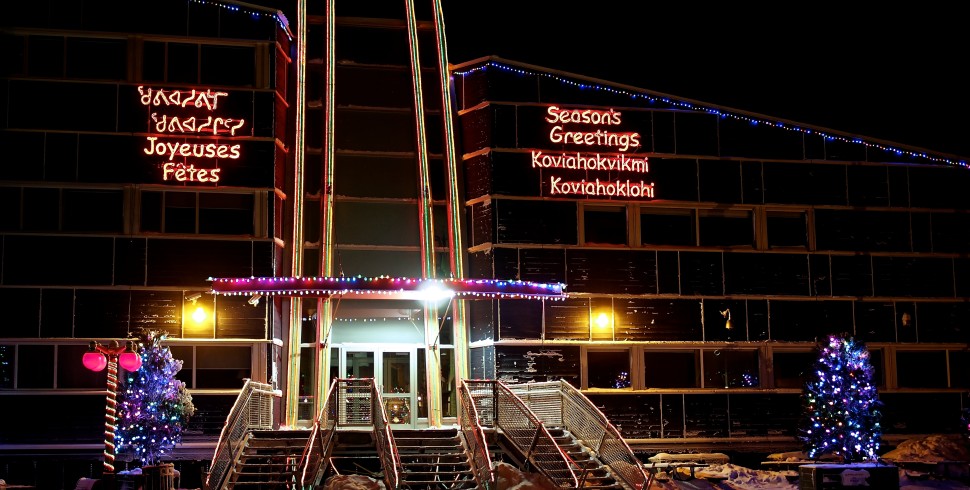
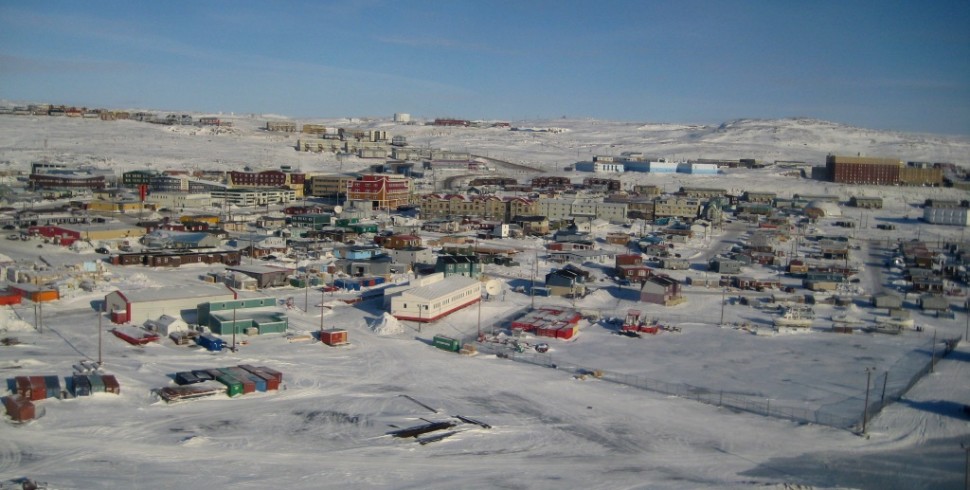
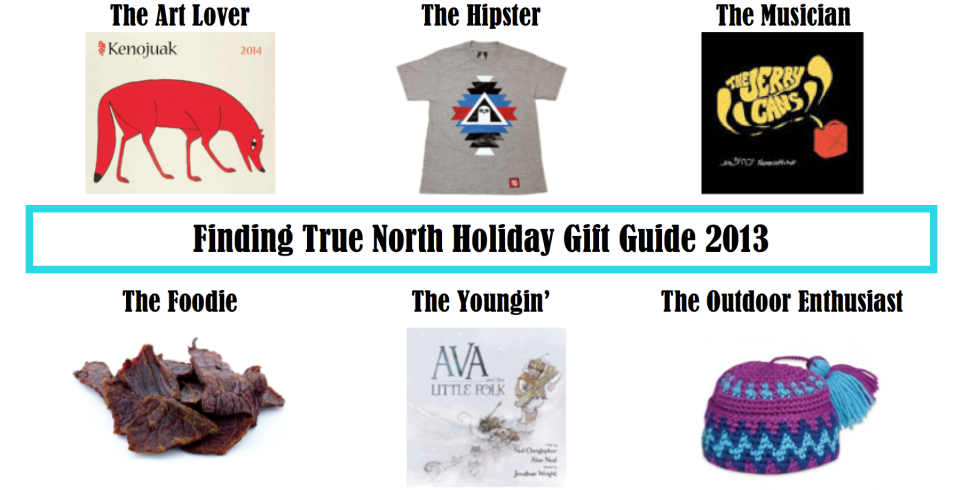

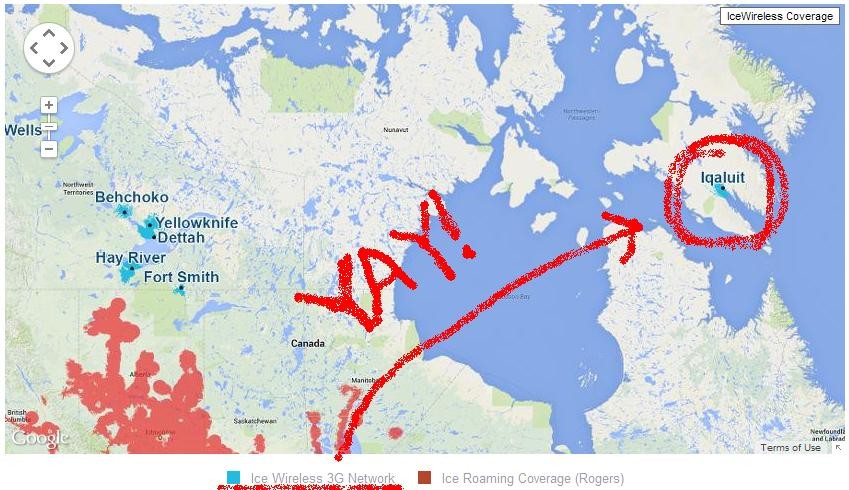
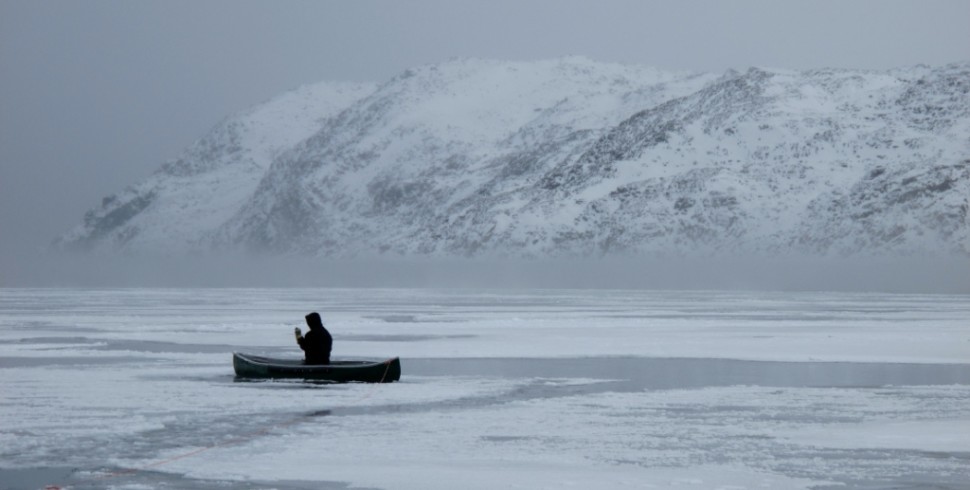
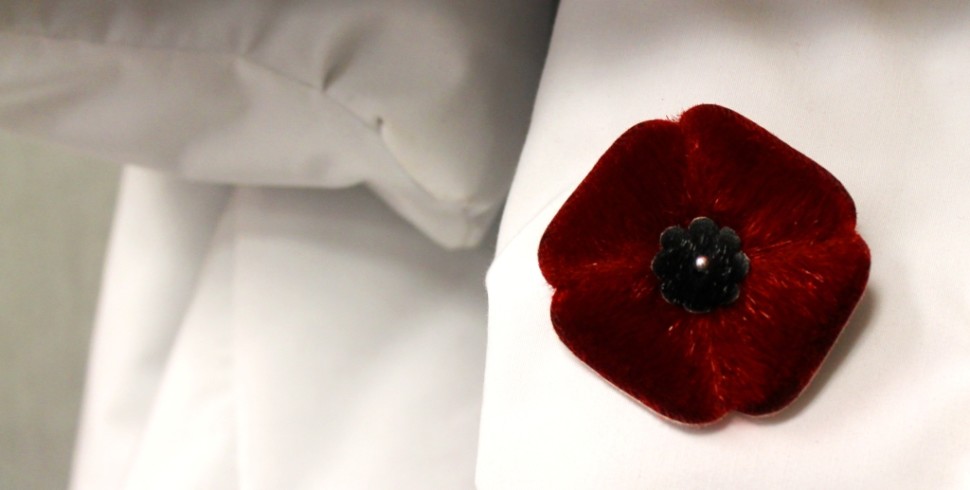
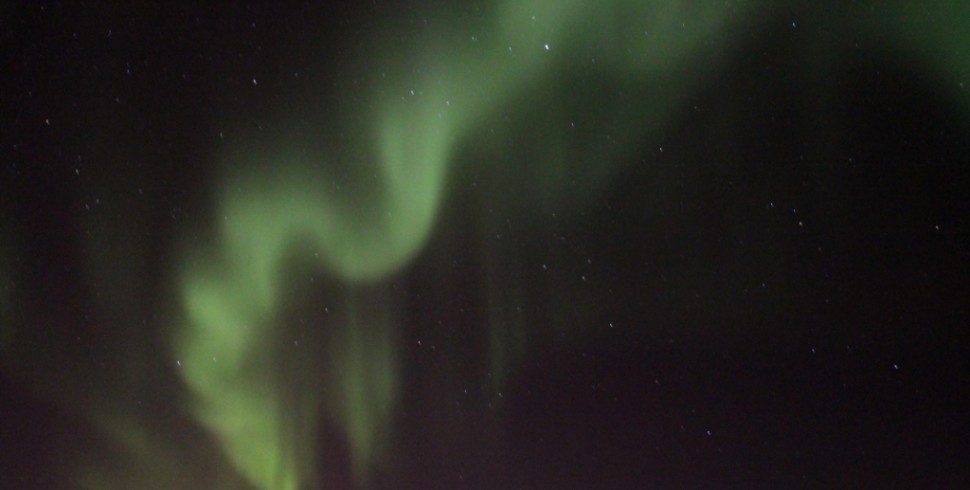
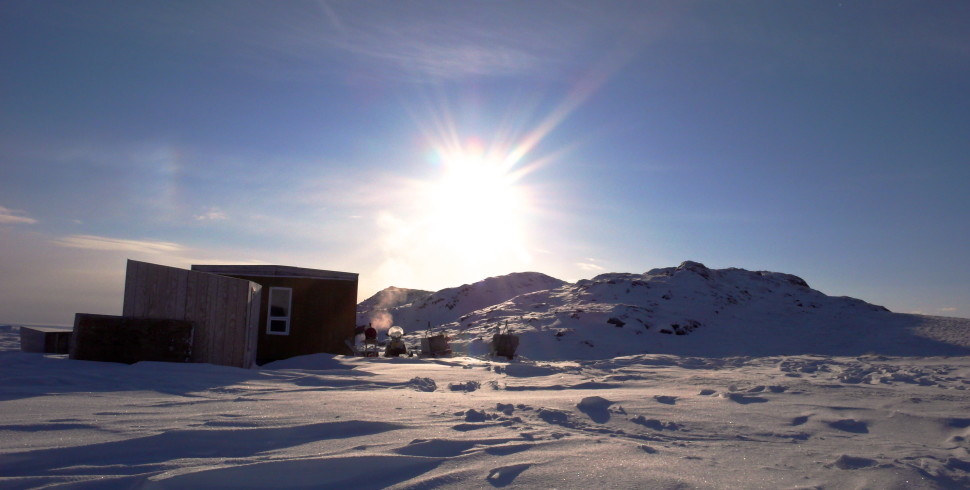
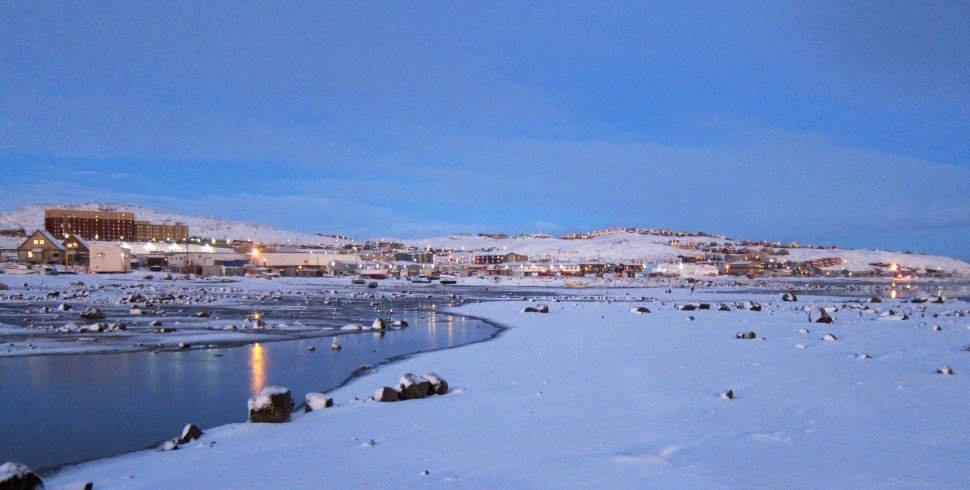
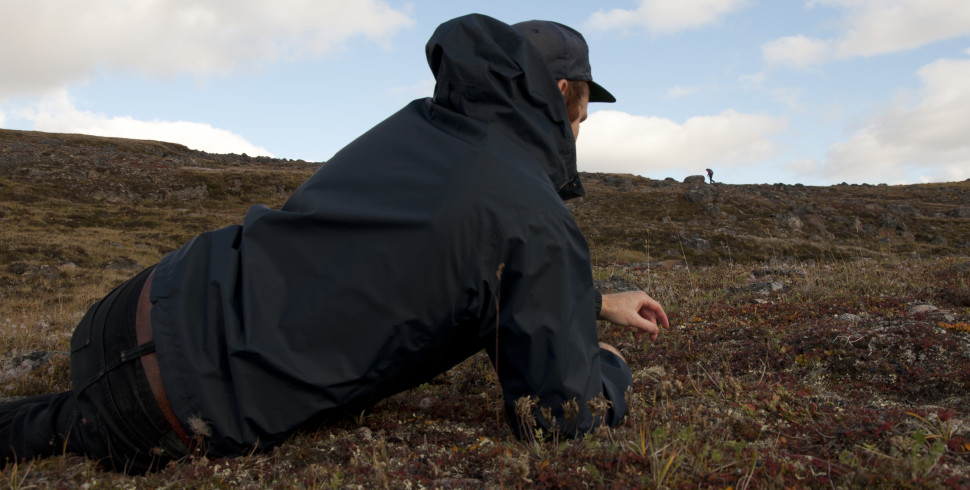
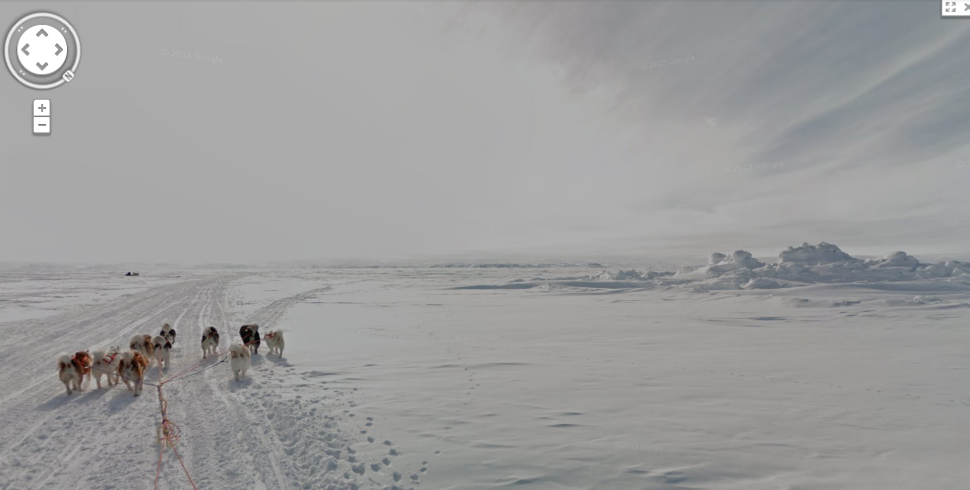

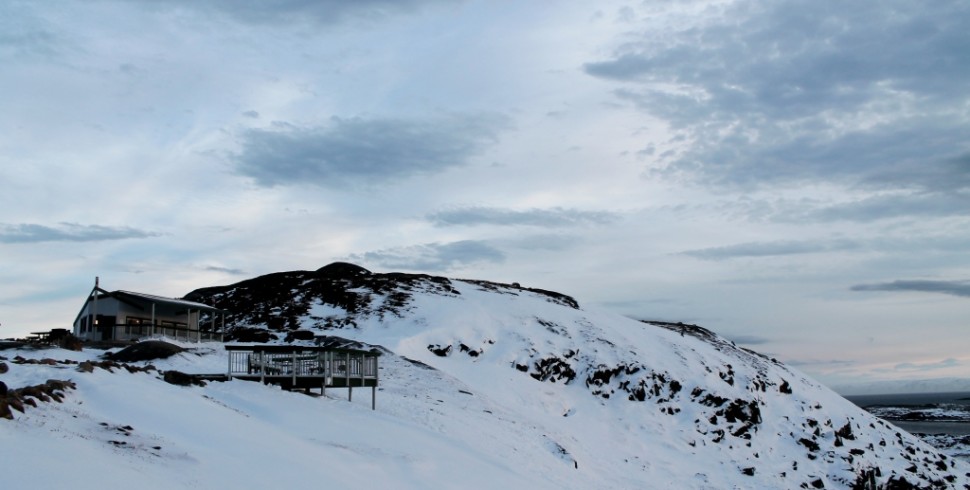
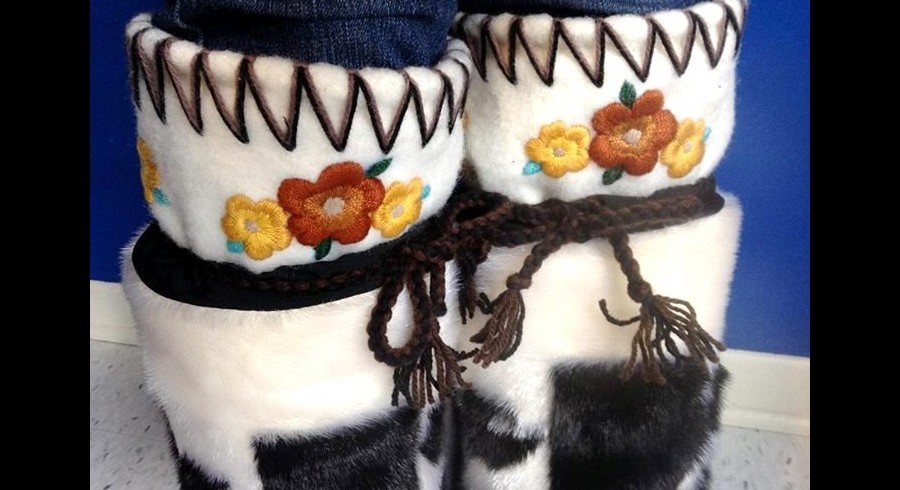
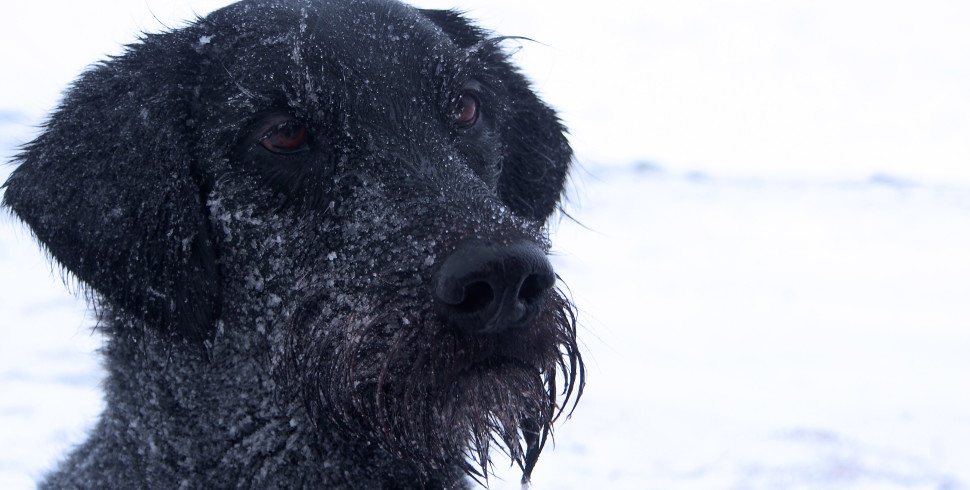



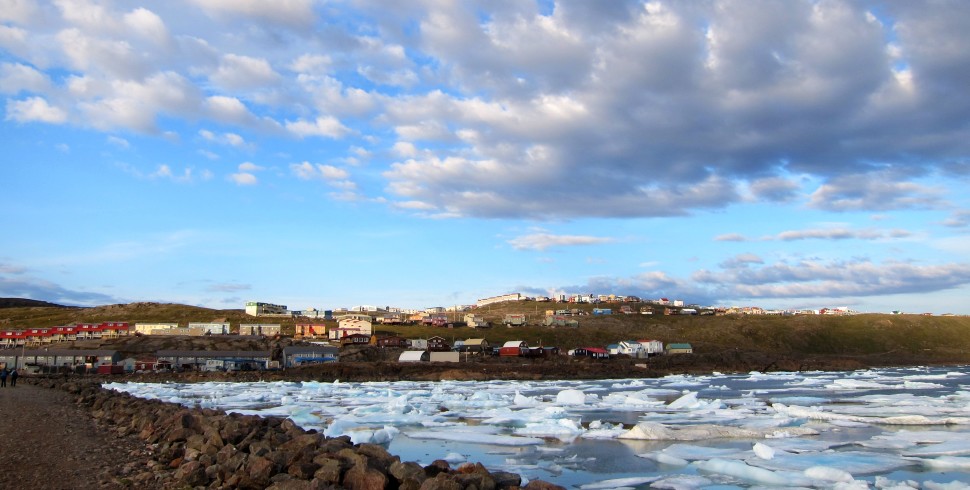
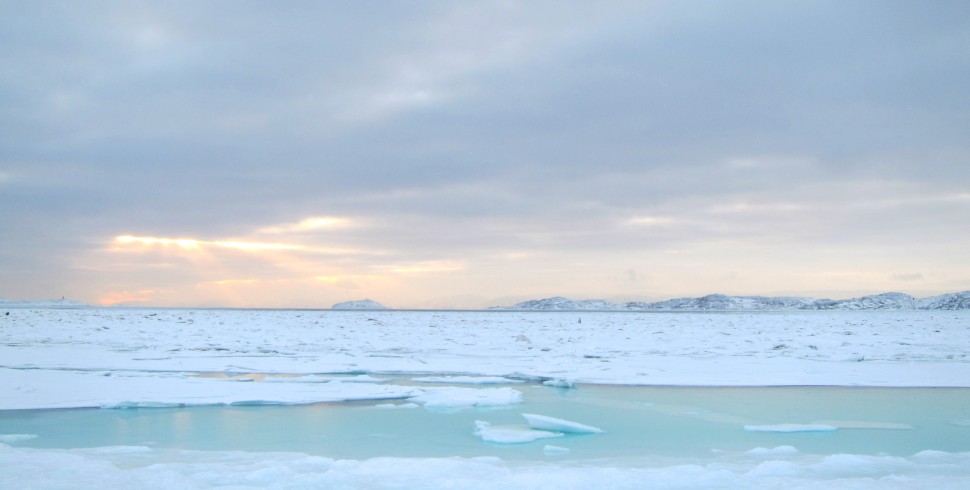
Pingback: Composting in Iqaluit
Pingback: Highlights from Arctic Change 2014 - Finding True North
You have no idea how much this excites me! I’ve been talking about northern sustainable growing for years, finally trying it myself (in albeit a much southern climate to your, but north to most and with a focus on winter growing) and for all the reasons you are talking about. Community (in community growing styles) and health being the major points. I’ll be sharing this far and wide!
Are there plans to build winter greenhouses? So many different methods available, and can probably be adapted to the need of Iqaluit and permafrost, etc. But I’m not an expert 🙂
Keep it up. Grow baby grow. True inspirational people. The ones who say “I don’t care if you think I can or can’t, I’m going to anyways”.
Hi Pam! Thanks for commenting. We’re so glad you found the post worthwhile. There are definitely some neat things happening with regards to local food production in Iqaluit – and other Arctic communities as well. You should check out the Iqaluit Community Greenhouse Society website (http://iqaluitgreenhouse.com) as well as the Arviat Community Greenhouse website (http://arviat.tv/greenhouse) – both of which are quite active with regards to northern greenhouses. They’ll be the experts in terms of plans to build winter greenhouses or to try new technology.
I think this in germany developed aquaponic greenhouse could be the best way: http://www.ebf-gmbh.de/pdf/Food_and_Energy.pdf
in a greenhouse the size of 1000m² you can harvest about 30.000kg fish an 30.000kg vegetables a year. If you have access to local kitchen garbage and other green stuff, you can even nutrify your fish by breeding black soldier fly worms out of the garbage, additionaly you geed the perfect soil using permaculture technics.